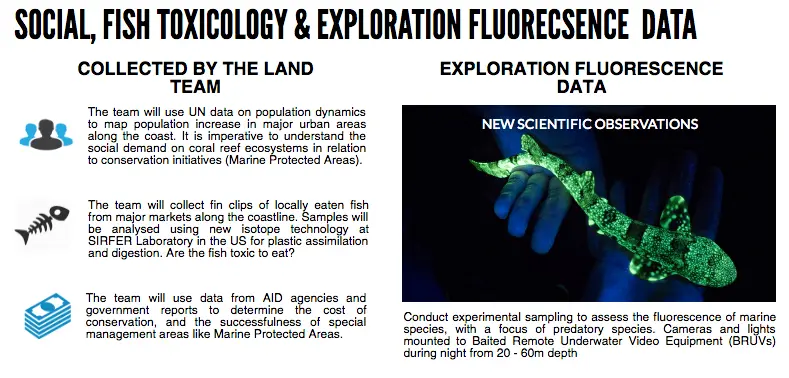Updates
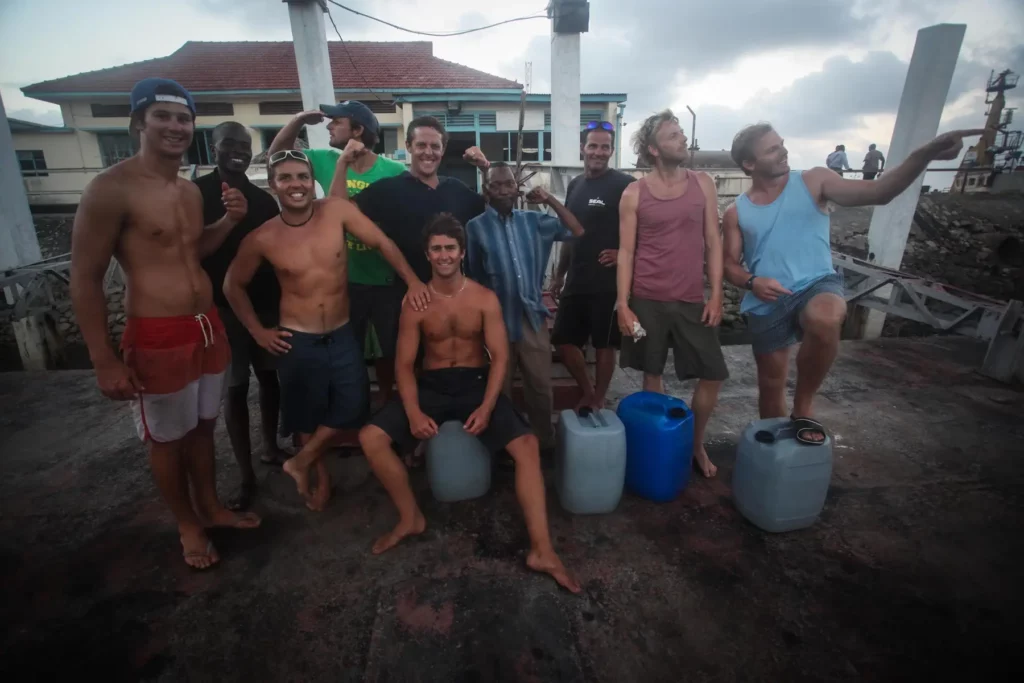
A wobbly weekend in expedition planning
The countdown has begun and it’s now 5 months before the Moving Sushi team officially plans to embark on the African Marine MegaTransect. But, like the past weekend’s storms that lashed the Cape coastline, thing have not been going as smoothly as we had hoped. Here’s the thing with expeditions, the images we see coming back to us show incredible scenes. Feats of endurance, epic discoveries and traversing massive personal and mental obstacles to achieve something beyond the mundane. But the blood sweat and tears it takes to get there, the toil behind the scenes is either very well curated or often overlooked completely.
So, in an effort to be transparent with our process and also to acknowledge the sometimes unseen, I sit back now and consider our situation. Currently we are made up of an expedition team of 6; Justin, Myself, Linda, Agg, Rhett and Roxy. Small, simple but highly effective at this point this is a team of all the essentials to get the job done up until we need to populate the crew of our boats. Each of us have our defined roles and are working flat out to literally launch these boats into the waters, so to speak. Planning an expedition and balancing the daily rigor of life, earning an income and with having limited operational budget things have quickly become challenging. Add into the mix the fact that Agg is in Poland, Justin is relocating to Kenya, Rhett may be in Tanzania or the UK in the next month and Linda, Roxy and myself, well, we are still boring and are at home in Cape Town. Everyone is working far beyond what is required and doing so with no financial compensation. It’s a tough ask from anyone, especially in the economic times we are experiencing in South Africa. So, let’s just say our backs are against the wall, and well, the wall is looking pretty high from this side.
Every so often the problems you face and the requirements needed to pull off such an expedition seem so immense that one has to start wondering what the point is in continuing. And as fierce winds battered down against the shores of my home town, I found myself sitting looking out over the rocks that form the home of the Stony Point penguin colony and all that immensity crashed into me, stopping me cold. No financial security of my own, knowing that we will need to cover costs for fiscal sponsorship from the US and like a pressure cooker, creeping up slowly, all these issues started to eat away at my logic. A voice of doubt emerges, we all know that one right? It sits there, leans in close and whispers into your ear, “surely this is all a crazy idea, surely the best possible plan would be to throw in the towel, life would be so much easier if this just got benched don’t you think?”
It is a hard voice to silence.
My only solace is that I have been here before. In fact I’ve been here, listening to that voice, many times over the years. It whispered to me not to go to Gabon, it definitely told me I was crazy to get in a car and drive to Japan and it practically screamed me down when I was in the middle of the last East African expedition and we had to abandon our first boat after a month of going nowhere. Fortunately, time and experience have taught me a remedy, a mental salve to fend off the spreading infectious fear. I know that there are a few things that make it all worthwhile. Firstly, it is why you have a team and more specifically a team like the one I have. They have your back, not only so that you can succeed together but to also have people on your side when you are deep in the trenches who you know are fully capable when things start to hit murky waters. Then comes the fact that the meaning and value of the expedition warrants the effort. It’s not a holiday adventure we are planning, it has very little to do with our egos or being known as people who create pseudo adventurer science for popularity.
For me, and the others, it is a sense of duty, and requirement that up to this point, is not being met. The data we plan to capture will provide critical insights into coral reef health and fish stocks in East Africa. We need this data, and if we have the means and passion to go and get it, then we should throw everything at the opportunity.
So, we go on. Even though I still have to sit with a whirlwind of anxiousness and self-doubt I hold fast on to ‘the why’, the reason that you choose to step out of the front door in the first place and turn on the key in the ignition. The path is there and I know the way, even if right now it does seem like a mountain to climb.
Mike Markovina
A little Surf and Turf
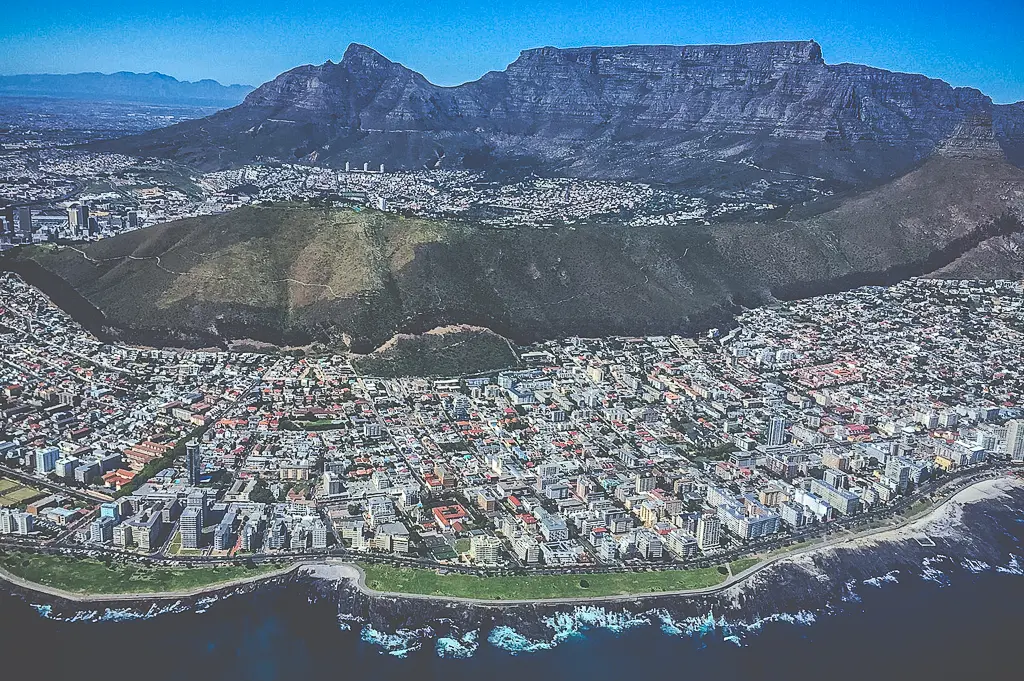
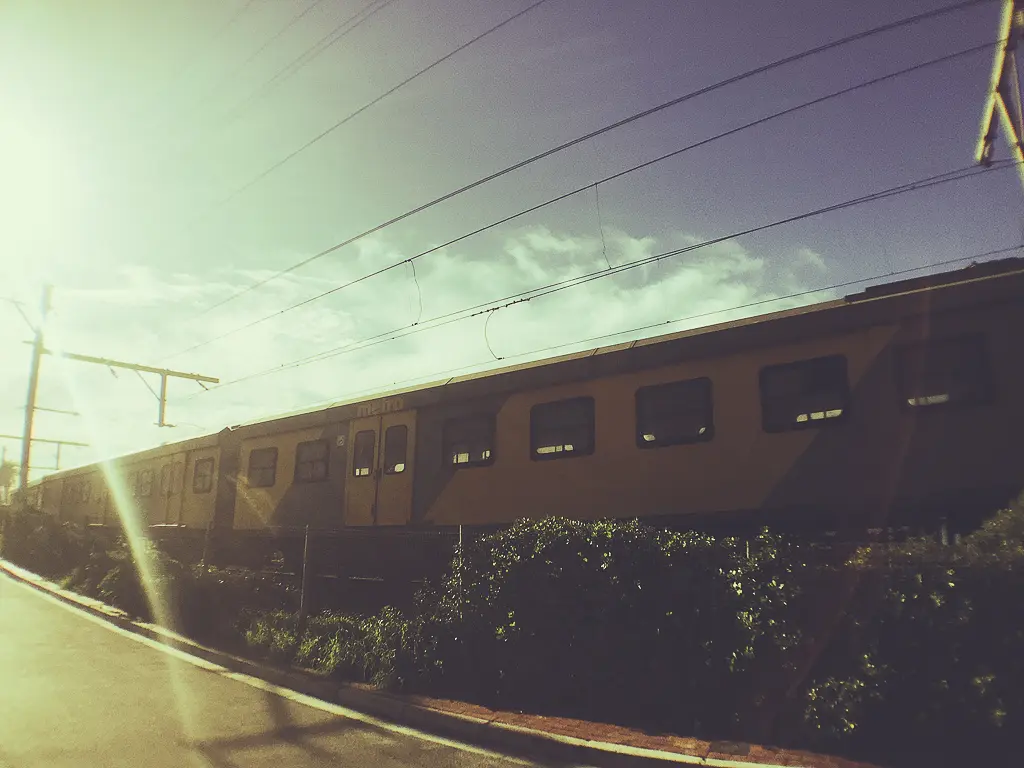
The crisp winter air moves over my cheeks as I tuck my scarf into my jacket outside strand street’s central train station entrance, a bustling transport hub of Friday morning commuters both local and international. Passing the delicate mosaics that depict the history of transport in the cape and beyond myself and some 300 000 other people will walk through these doors each day, revitalised after the world cup in 2010 now a free flow of transformed public space and informal trading. Weaving between bodies of the 08:00 am commute I make my way towards the Southern line, train number 139 bound for Muizenberg. The wheels squeal into a running start as we exit the station, clicks and clacks and wobbles along the Southern coastline tracks, easy to find an open chair this time of the morning with everyone concerned with getting into the city and not heading out of it. The real joy happens when you start to leave the edges of the city centre, heading out towards the coastline of False Bay. Bustling city noise breaks into leafy suburbs, the winter season creating rich palettes of brown and green between the flattening horizon of homes leading into the ocean. They may not always run on time, but the 50 minutes it possibly takes to get to my first stop for the day is worth sitting back and admiring without the hustle and rush through traditional traffic. And just before I have to to drift into a daydream brought on by the swaying of the carriage, there she arrives on the corner of the sea.
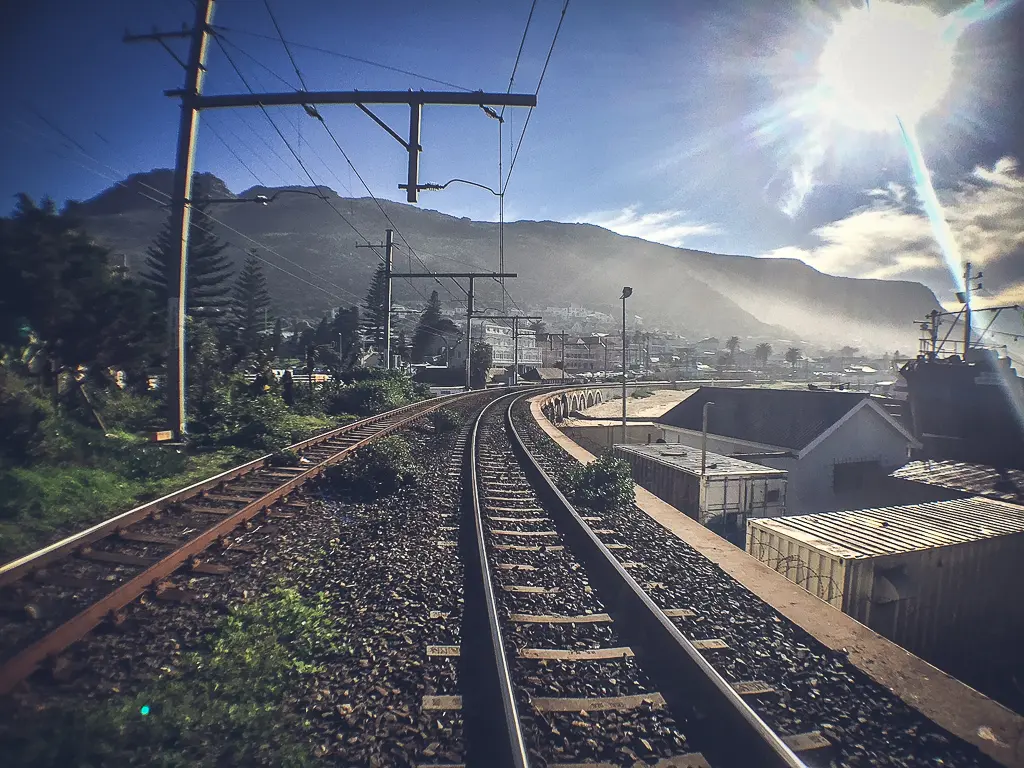
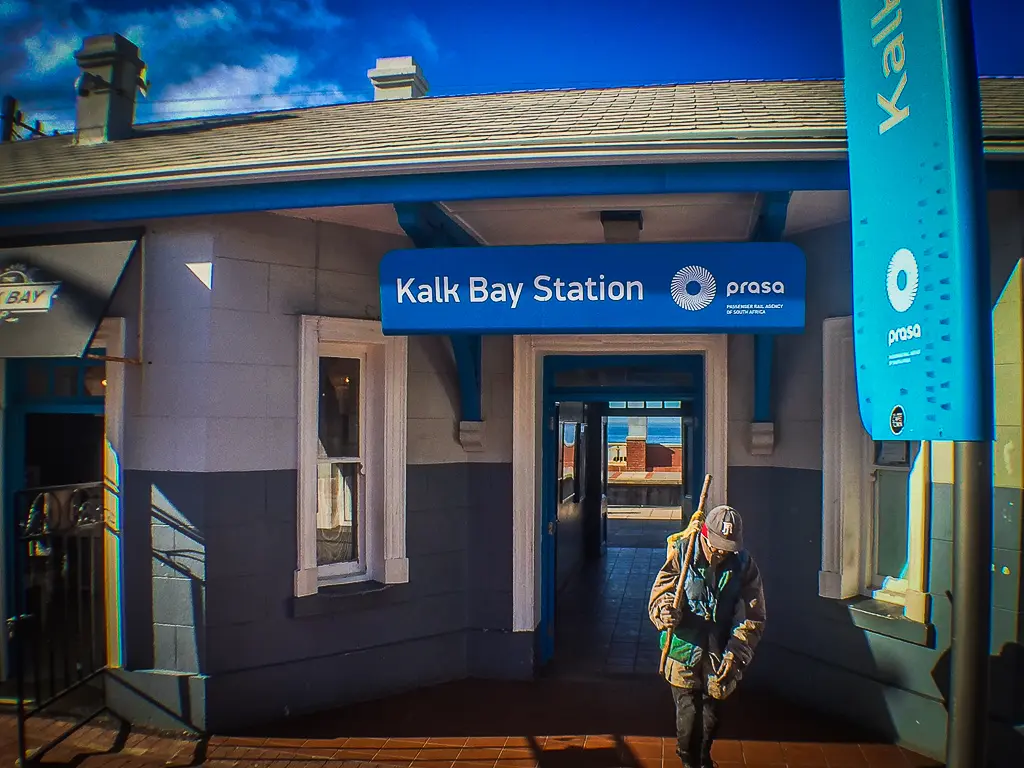
Muizenberg, sitting in the curve of the Cape Peninsula, is a seaside resort that for over a century has been the capes surfing heart center. The ?rst place where stand-up sur?ng was recorded in SA and a wave made famous by the cult classic of Bruce Brown’s “Endless Summer, a legion of long boarding 80’s hippies developing a surfing fraternity that has called Muizenberg home. It was here that, in 1919, Heather Price became the first South African to be photographed riding a wave while standing on a board and any surfer worth their salt will tell you that Cape Town in winter brings out some of the years’ best quality waves.
But I am not the best surfer, in fact I am no kind of surfer worth any kind of salt, but that will hopefully change today in a small way. I head down to the aptly named Surfer’s Corner, turning right outside of the old Edwardian station, the smell of ocean water and baking bread emanating from the array of stores and restaurants that have appeared between the traditional Herbert Baker styled houses inside this conservation area. My aim is to do a surfing lesson with Waves for Change, a programme that was developed to plug the gap in the provision of primary social care and emotional support for vulnerable young adults growing up in South Africa’s most violent communities. Surfing has some wonderful therapeutic benefits, not just because you are out communing with the ocean, which is always a good thing, but because some 400 children that have been affected by abuse and violence who come through the waves for change program receive essential support from the coaches, a change in some has started. Grabbing a wetsuit and heading out into the light foamy ocean, that is surprisingly warmer than the outside winter air, becomes more than just adding a fun activity to my day out, and I can never fault supporting a good cause.
It’s surprising how being out in the water lulls you into a sleepy and yet incredibly hungry state and after just two hours of falling in the surf with my arms flailing in multiple directions I have worked up a serious hunger. Learning a new skill is not always easy work, and even though I might not be standing to ride the waves with the best of them, the appreciation for natures craftsmanship in creating these perfect curls of water there for you to ride is not lost.
“The thing you cannot show is that fantastic speed and feeling you get in the pit of our stomach. It’s the kind of wave that makes you talk to yourself,” Endless Summer, the movie.
By the time the beautiful, tingling sensation of muscles worked and bundled out of wet wetsuits into cozy jerseys and jeans I am happily talking to myself about the waves in my future, the thrill of being able to try and one-day stand for the first time, something that will keep me coming back again and again. Back through the side streets to the train station to continue on the Southbound line only a hop away towards Kalk Bay to forage for steamy, hot food to fill a gap.
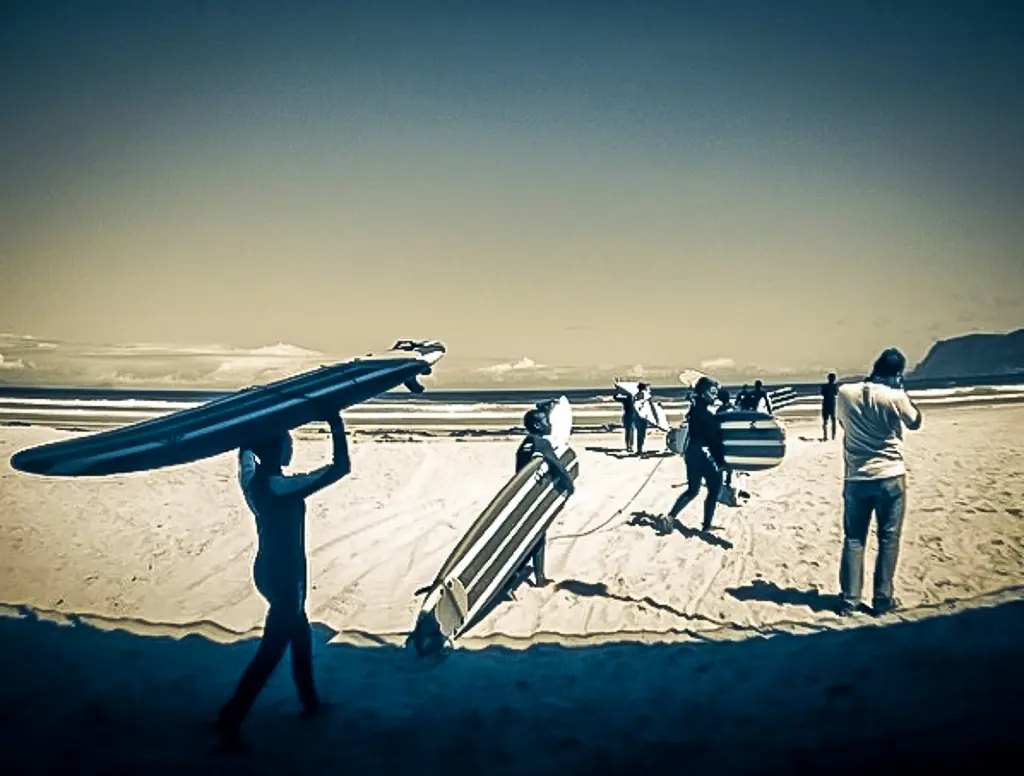
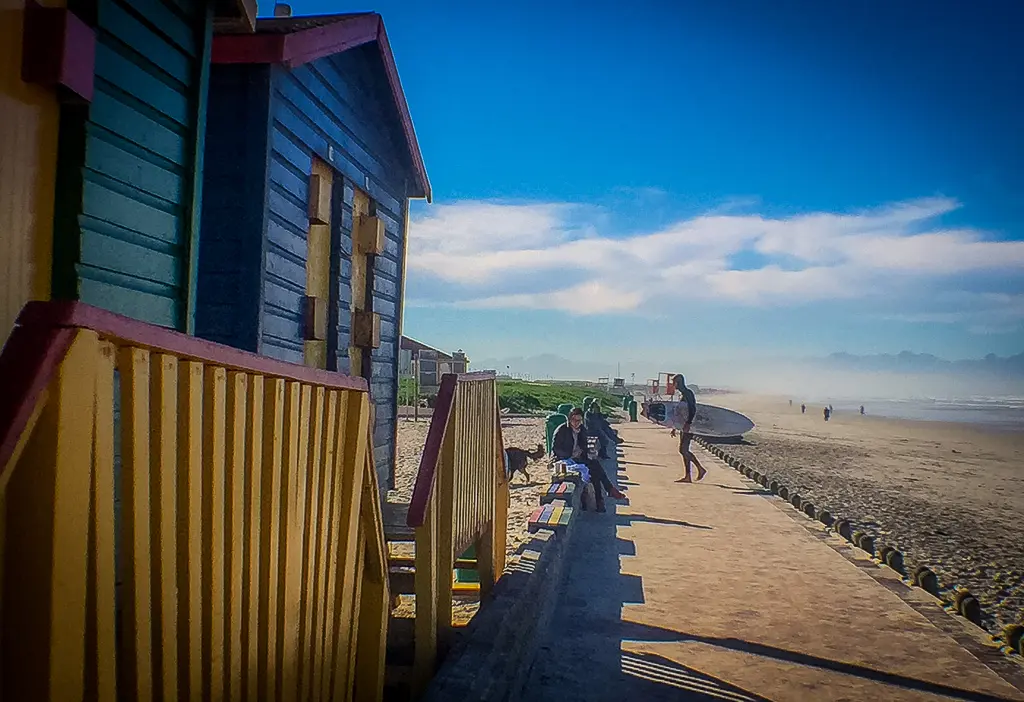
Leisure and labour live side by side in this fascinating little fishing village, an ex port for the Dutch in the 1700’s and home to emancipated slaves from Batavia, Java and Malaysia in the 1800’s to todays low key fisheries operations and antique, fashion, art and restaurant bric-a-brak shops. The walk along the road towards the harbor is filled with odds and ends, passing by Kalk Bay book shops, the famous Olympia Café (known for all things baked and scrumptious) and The Ocean Deck where I stop in to check if the Yoga classes have open up for a session, just incase my poor muscles need a stretch from the morning’s surf lessons. Kalk Bay’s streets are bustling with locals and tourists, winter jackets and beanie’s of varying shapes and colours bobbing in and out of nooks and crannies on the hunt for some antique bargain.
But food must be had, so I amble along the railway lines edge, towards the sounds of seagulls and sellers collecting inside the small harbour. Snoek is the winter fish of the Cape, a long bodied, silver, sharp teethed ‘kraafontein crocodile’ that is intimately tied to the ecology, history and culture of the Western Cape. Living in the temperate waters of the southern hemisphere generations of fishermen have gone to sea to gather up their catch using hand lines and small bits of rubber to cover their fingers as this ferocious fish twists and turns. ‘Snoekies’ I remember them being called, the middlemen who gather up the catch and ply it from the roadsides across the cape to land up in local households to be pickled, braai with marmalade or mulched into pate, a staple in many homes kitchens.
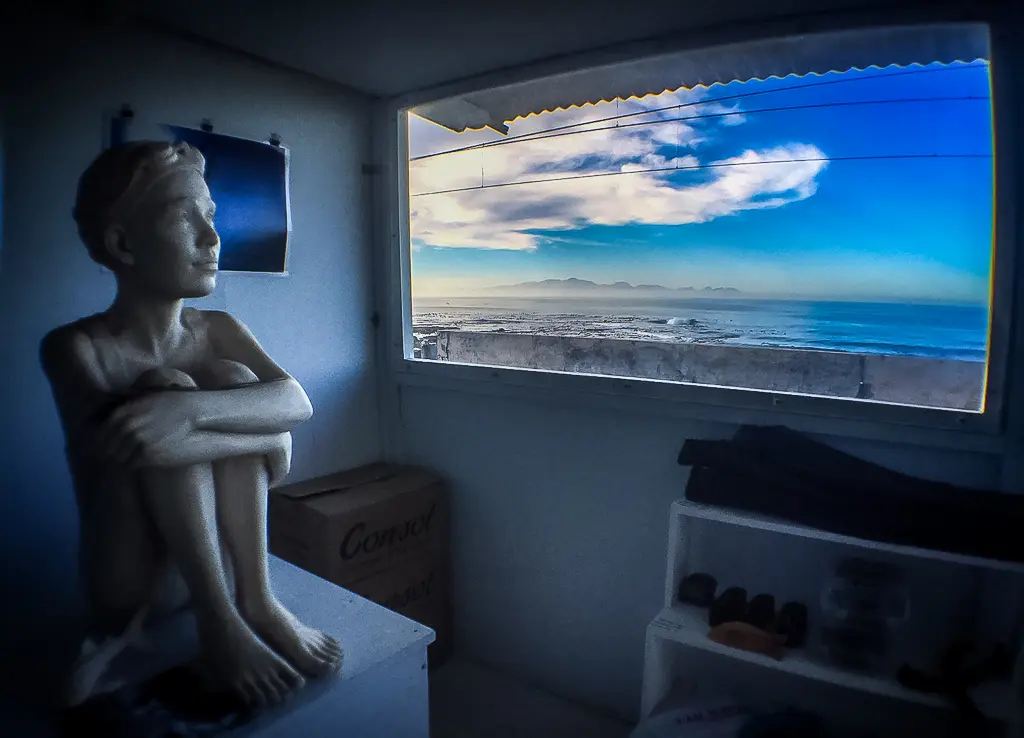
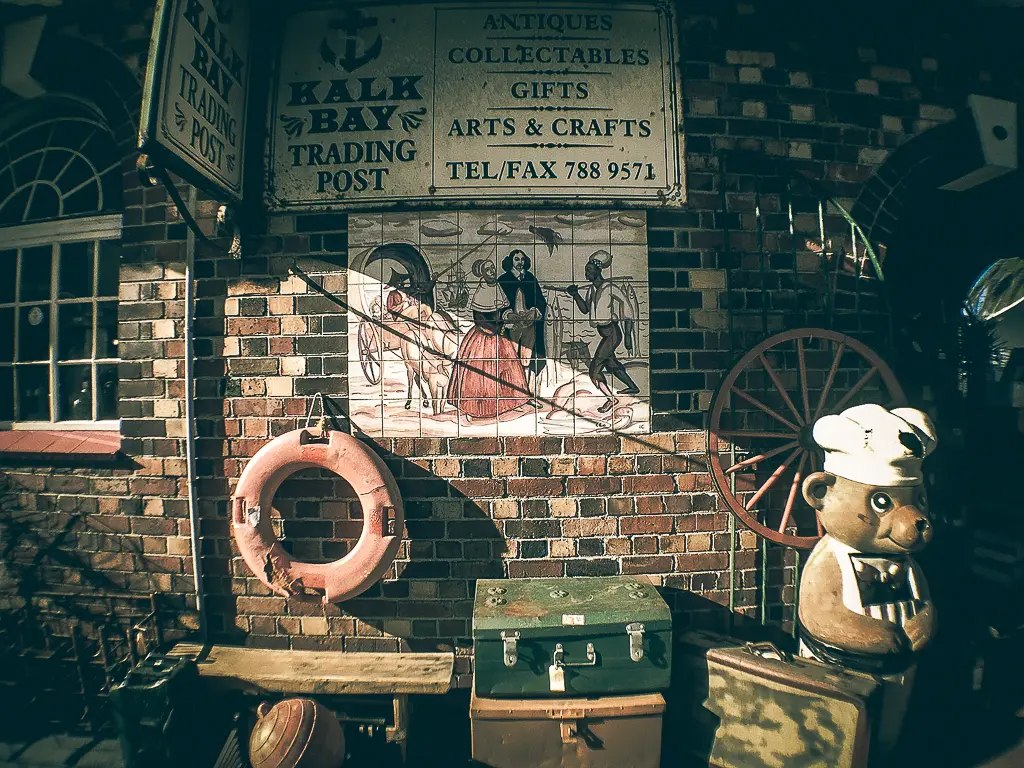
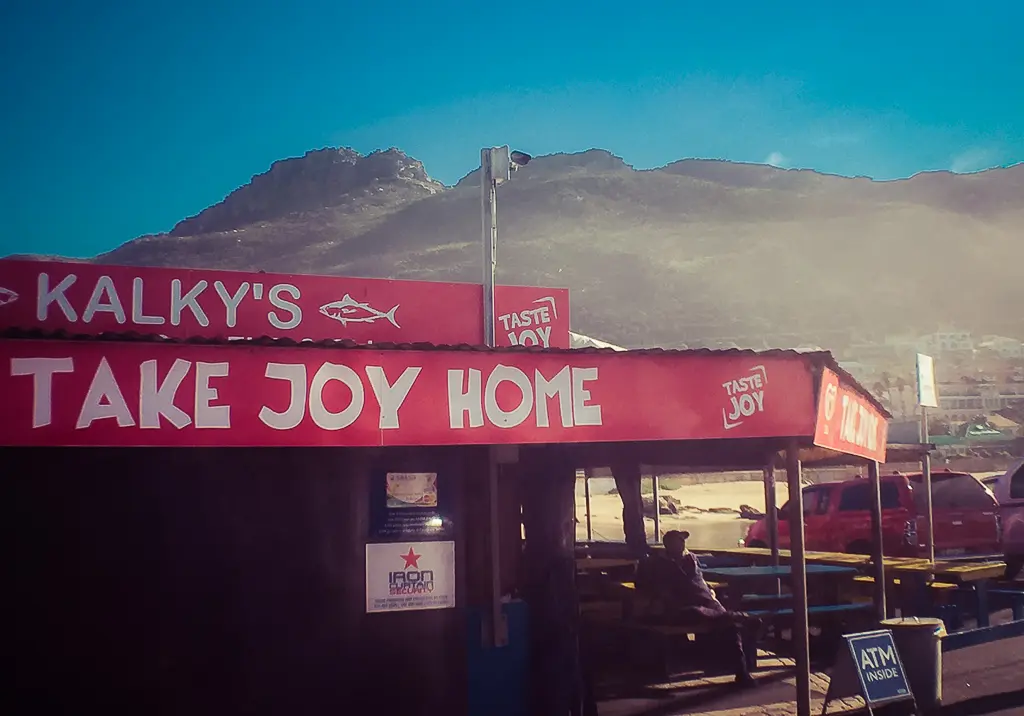
Sure there is the stylish Live Bait restaurant for tapas and Harbour House if table cloths and linen is more your thing, but Kalky’s, with it’s rich lashings of vinegar on hot-to-the-touch chips washed down with crispy fried sustainable hake amidst the shouting of waiters and fish sellers, is all a I can want in life. The saltier the better. Satiated, I stroll along the harbour wall, the resident giant cape seal barking and snorting its derision that it is not being thrown any fish scraps from the slabs of the fish cleaners. When my husband was a baby he and his father would come here to throw a fishing line over the harbour wall, along with lines of other men, to catch shad fish.
The sun starts to dip into the Atlantic and I walk back towards the station, flowing with the crowds and traffic back into the city for a night on the town. It’s cold, but it’s not that cold.
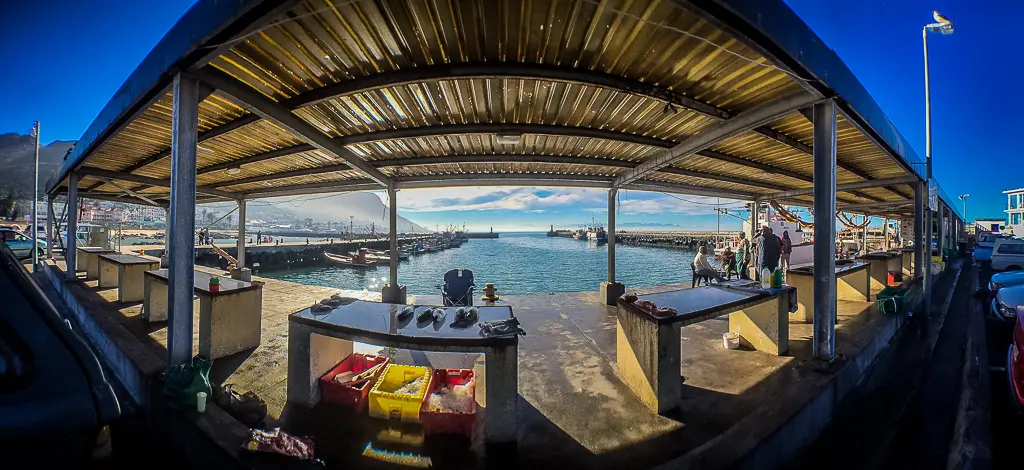

The evening lights perk up the buildings as the Fugard Theatre sneaks a peak through attractive brick work on the corner of Harrington Road. Named after Athol Fugard, South Africa’s most significant and internationally acclaimed playwright. Tonight they are showing a play by director and creator David Kramer called ‘Kanala, District Six,’ a poignant homage to celebrate the memory of the people and place that was declared a white group area in 1966 and over 60,000 people had their life destroyed under the Apartheid regime. Sober and delicate but filled with Kramer’s ability to crate a unique sense of place and music I exit the theatre and pass by the windows of the next door salsa club, sliding in to pass some hours in dance or thought while lithe and athletic men and women spin across the dance floor, warming me up instantly from the cold breeze outside. It could rain, it could not, but either way is fine by me.
….
Saturday morning starts and after a night of sweaty dancing a piece of quite contemplation and relaxation is called for. Opened in 1908 Long Street Baths on upper long have Turkish steam rooms, the women’s only admittance for the morning luring me out of the early morning cold streets and into a wall of hot steam.
Afterwards I rush into my uber, steamed and pressed and ready to explore the city centre. First stop is the Old Biscuit Mill, a red bricked standout in the artsy and rejuvenated area of Woodstock. It’s Saturday and if I am not early enough I know there will be no parking along the tight street corners, but that wont be a problem for me. Tucked inside the Mill is the the Neighbourgoods market, jam filled with the young and hip, the odd wandering plebe scouring the lanes of handcrafted local goods and seasonal winter food delights. Sure, the Biscuit Mill market is one of the more well know markets in the city, but as far as great SA inspired fashion goes this is the spot for all things locally glamorously crafted. It is also where the infamous Test Kitchen, currently sitting at number 61 on the Worlds Best Restaurants list of 2016 and the best restaurant in Africa-intrigued? There is always the sister restaurant, the Pot Luck Club, to tempt you away from the stands of baked, roasted and toasted pieces of the fresh food section of the market. Being a newly christened surfer I sneak out the main gate, just opposite on the right hand side of the street to Bantu Wax, an African original surf and beachwear company creating board shorts and bikinis inspired by traditional African textiles. Founded by Yodit Eklund it seeks to break the clichés of blonde, blue-eyed surf babes with images from Africa’s own surf culture and what has been produced from that are funky – unique for the next time out on the water.

A short ride late I pull out my phone as I stand outside of Atlas Trading Company spice shop in Bo Kaap. Logging on to my Voice Map app the sounds of storyteller Shereen Habib fill my ears, her laughter and personal stories of an area she calls home, built on the slopes of Signal hill with a rich and colourful history as the multi coloured walls of each house. I remember to bring my headscarf so as to avoid offending anyone when I enter the mosque on the hill. It’s an easy hop over the streets from here down to the Two Oceans Aquarium. A little bird has told me that they have a brand new exhibit, a first of it’s kind in South Africa to boast a ten-meter-long tunnel where you can learn about the ocean life that makes this country so special, and when rain is potentially threatening and the lure of heated walls and an education into the underwater world that I plan on spending some more time in while the winter waters are so inviting is not something to pass on lightly.
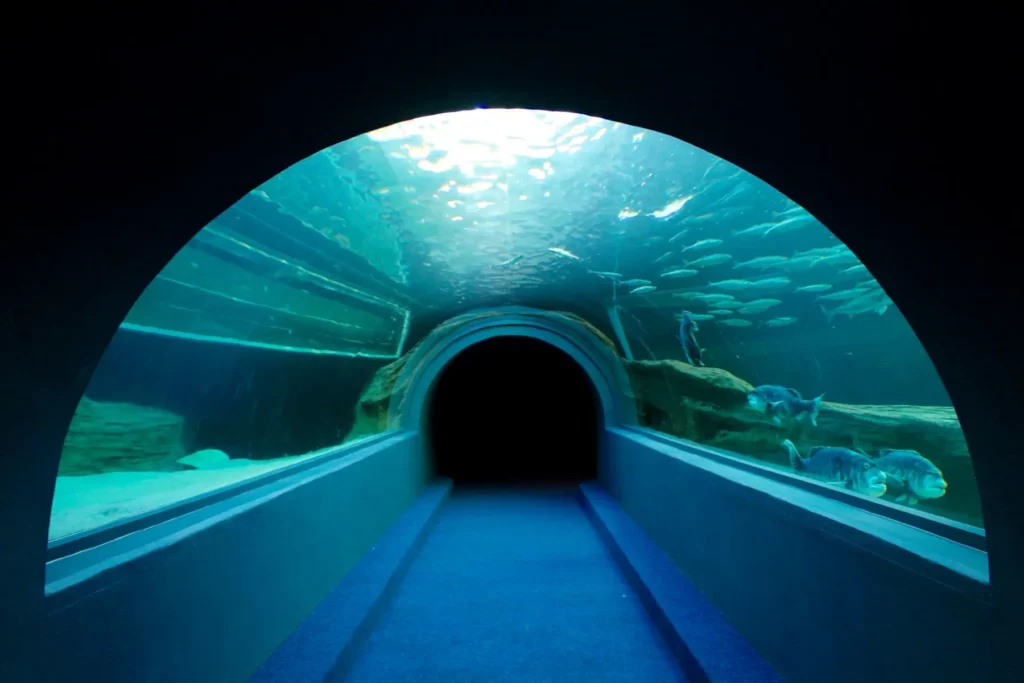
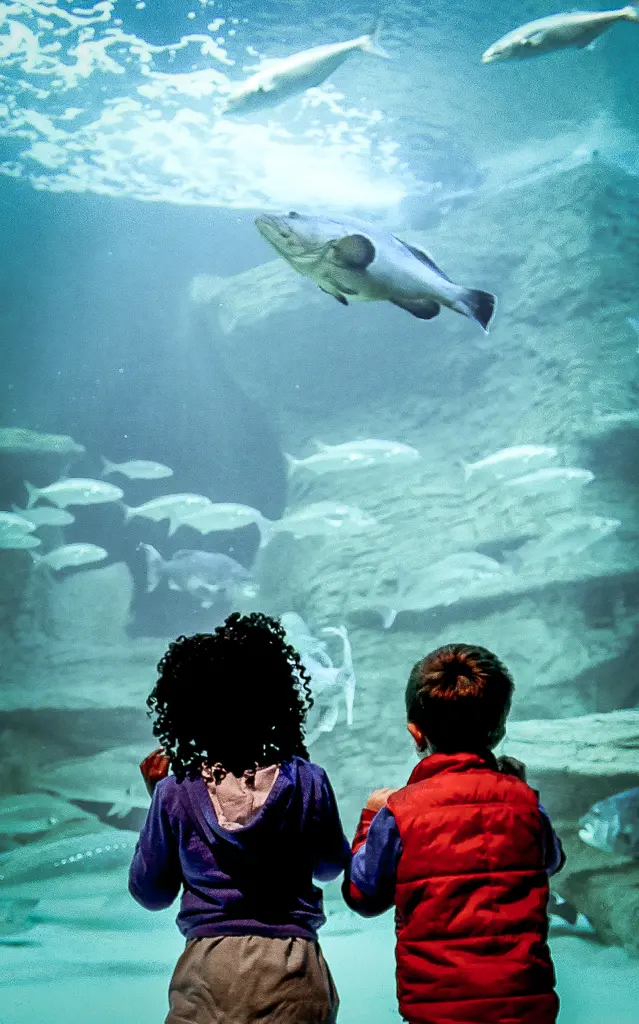
Dusk comes over the mountain and it’s officially been 48 hours in my city, light winter rain settles in over the mountain as I wander along the fan walk back into the bustling city centre down Buitenkant street to tuck myself into the nearest available table at Tigers Milk, off Long Street. The night is coming alive with Saturday party goers, the winter months holding more promise of finding a good drink and food special outside of the heavier tourist season, nooks and crannies filled with warming fires and wine beckon. Some will wile away the evening hours over the lines of tables, the quirky modern hipster decorations and craft beer on tap swilling around wooden platters of delicious roast leg of lamb pizza and Jack Daniels-spiked chocolate mousse. As for me, Alice through the looking glass is screening at the Labia Theatre, an old Italian Embassy ballroom that for the past 37 years has served as the cities alternative movie circuit.
My night ends with popcorn and wine amongst the old-world ambience of a city I call home, the perfect winter escape.
This post is part of the #blogathon #helloweekend
for Cheap Flights , Cape Town Tourism and Travel Concept Solution

Incredible Nosy Be
A few weeks ago Mike and i were lucky enough to be invited over to the island archipelago of Nosy Be in Madagascar.
Mora Mora in Malagasy translates to ‘relax, it will happen – it just takes time’ and it has taken us a long enough time to travel here finally and that is fitting because much of Madagascar is relatively unexplored and undiscovered, a good match then. We spent our days diving in this wonderful part of the ocean and exploring the different bays, beaches and ocean culture that makes up the Northwest coast of Madagascar. Nosy Be means “big island” in Malagasy, and one of its other nicknames translates to “the perfumed island”, its first inhabitants believed to be 15th-century Swahili and Indian traders. There is a rich history of ocean life and folklore that permeates through the islets that dot the waters around the planets fourth largest island and we were very lucky to be invited into this space. We are continually amazed by the quality of diving here in Nosy Be, Mike remarking that we found numerous mature red snapper on the reefs- it’s a sign that heavy fishing is not happening in the MPA as these would normally be the first to go. Move over Zanzibar, with uncrowded reefs in such good condition compared to to others in East Africa , it makes you want to come back and see more.
This is a destination that I believe should be on every divers potential top ten list.
Thank you to MadagasCAT , Fly Airlink and Nosy Be Tourism for showing us a very special part of the ocean.
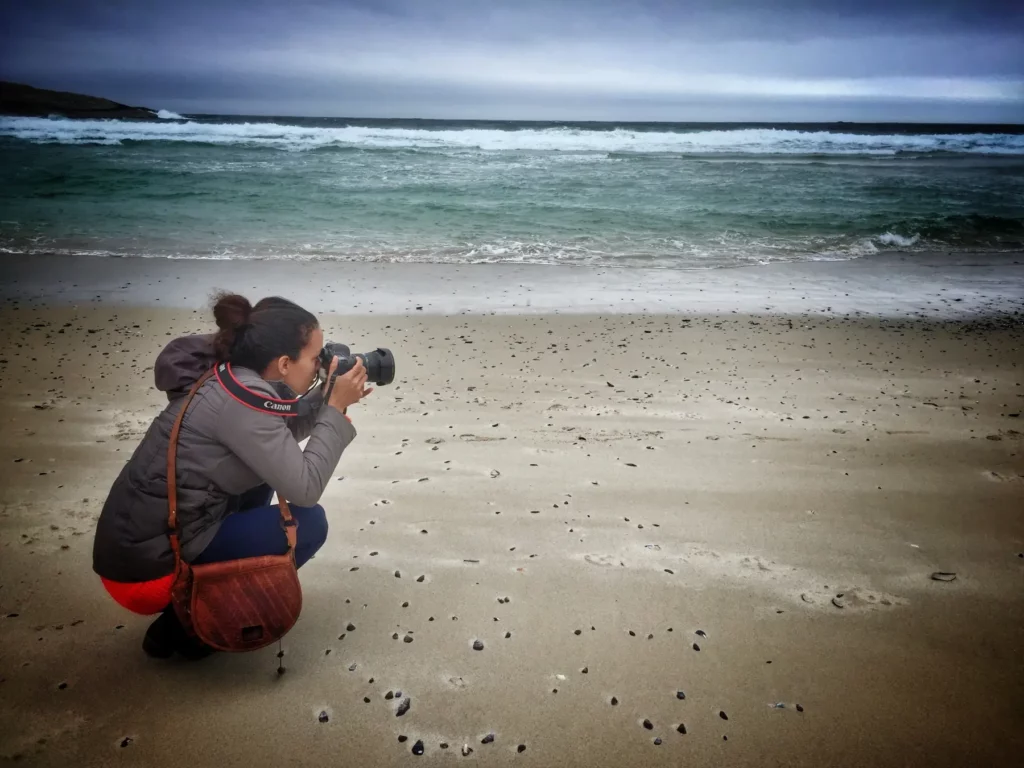
CheapflightsExplorers: The Atlantic Seaboard
Lauren, my travel partner, grabs onto her jacket as she gets out of the car in the Llanduduno parking lot. We are on a insiders guide styled treasure hunt around the Atlantic Seaboard with CheapflightsExplorers and the rain is quickly closing in on us as we try to make our way to our first location. This small little village blue flag beach is found down a winding road along the Atlantic seaboard of Cape Town. It’s only a meagre 200 meters long and the parking lot can, at best, squeeze in 35 cars, but that does not stop hoards of locals and tourists descending down the hills laden with dogs, kids, fire poi balls and mountains of beach paraphernalia. It’s a circus in summer and being a devoted hermit of personal space this little hamlet does not cut the mustard with me during peak seasons. Fortunately, today is balmy winter perfection; rain squalls rolling in over Camps Bay, the sea a clean, deep blue and most importantly, no crowds. “I should have bought a beanie along,” Lauren shouts over the Southwester. She’s on point, this wind is biting though the layers of clothes. Luckily the topography comes to our rescue, the sloping stairs down to the beach quickly gets a little bit of a sweat going and in no time I barely feel any of the cold. Llandudno is an incredibly picturesque beach, a hidden cove of perfectly white sand framed by large granite boulders looming out of the rough sea waters. Sitting south is Cape Towns only nudist beach, Sandy bay, incase you were ever wondering where to suntan in the buff, for whatever reason.
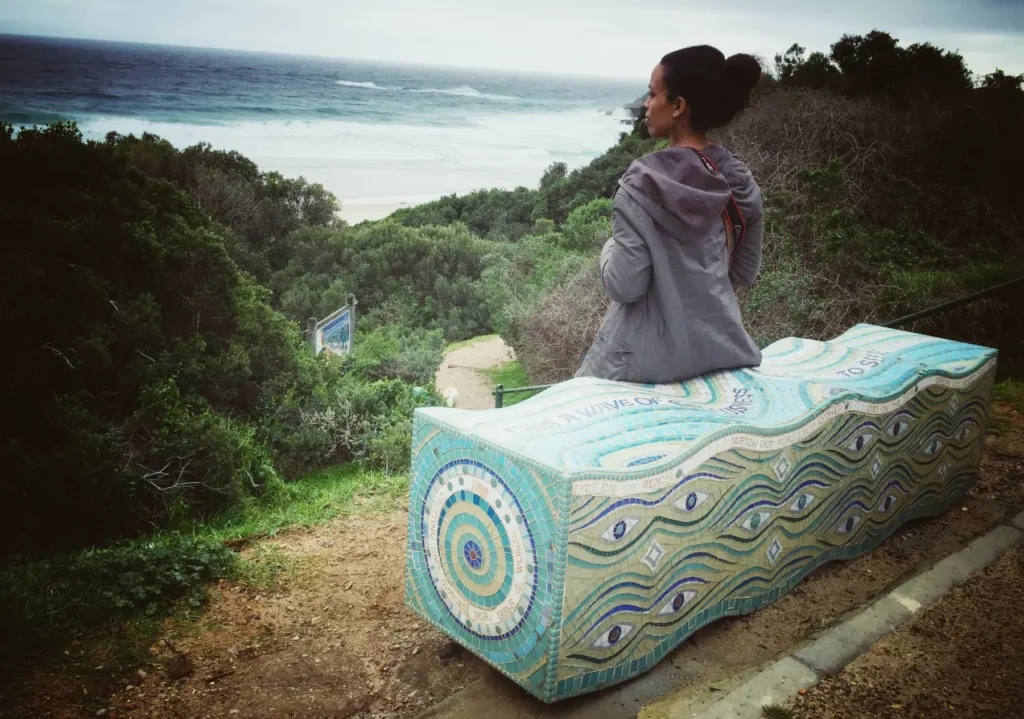
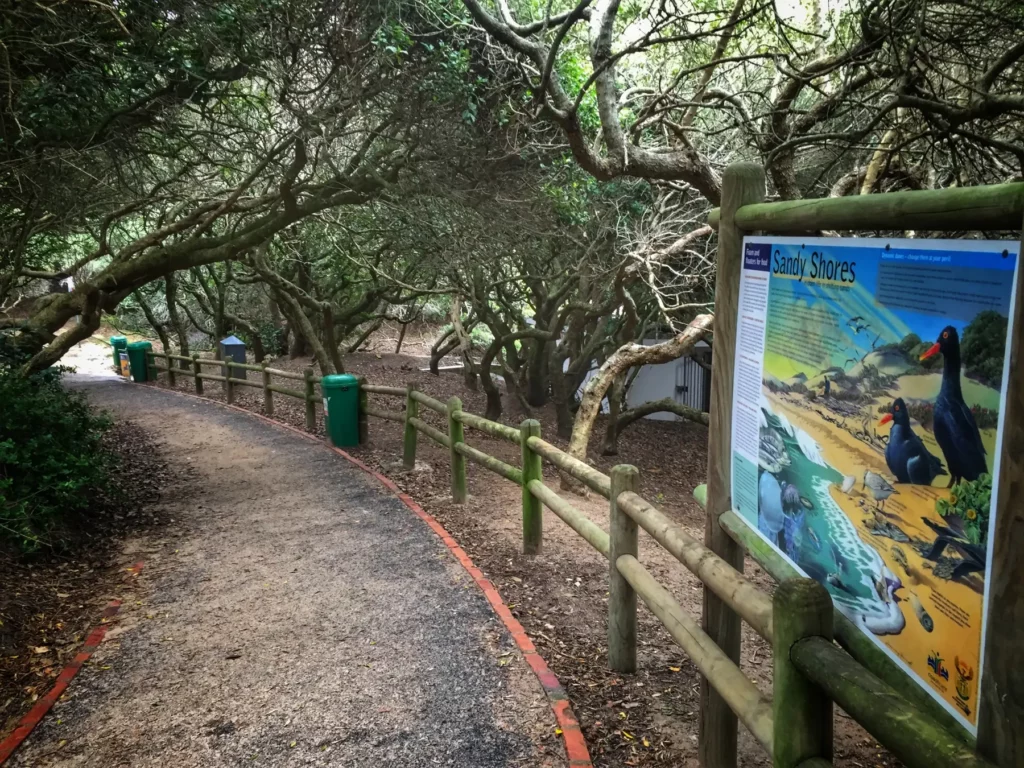
We stop for a quick photograph on the roadside where there would normally be groupings of craft sellers flogging hugely cumbersome wooden giraffes to passing tourists. I often have a quite giggle to myself when I see these poor humans trying to get their new giraffe sculpture onto the bubble wrap machine at the airport. I can only imagine they regret the impulsive drive to get the largest one they can find when it comes time to check these things in on your homebound flight. The impending rain has driven everyone away, even the coffee vendors, which is a pity. We are bound for Camps Bay though, so not all is lost in the hunt for something warm and nourishing and I know of a little join along the corner of Bakoven called Baked Bistro that has wraps and coffee to die for. Bakoven is a real gem of a secret little area, filled with small, sweet beaches and the NSRI station tucked between bungalows. It’s main beach, Big Beach, was originally a small fishing harbour for the snoek, mackerel and cob local fishermen that needed a sheltered inlet along the shores.
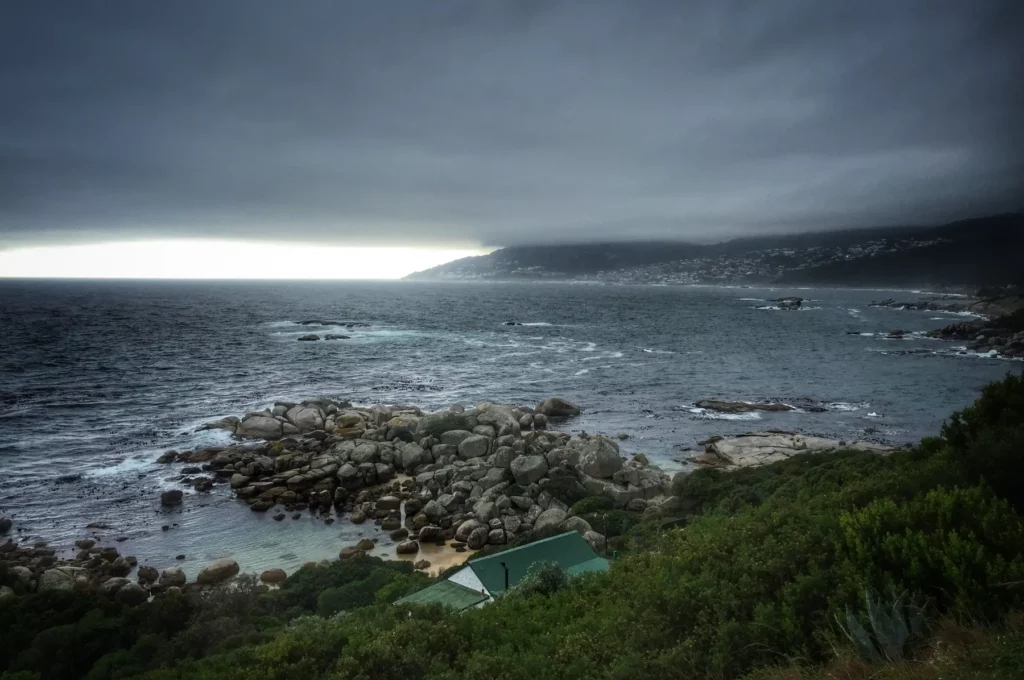
Victoria road hugs the shoreline, the houses and emerging flats of Bantry bay at the foot of the Table Mountain National Park, large satisfying spaces of unique Cape fynbos flora and fauna between. Cape Fynbos, meaning ‘fine bush’ grows in an almost 200km belt from There are 9,000 species occurring in the cape area, and if you glance up at Table Mountain from the sandy shores of Camps Bay you are most likely looking at nearly 2,000 different species there alone. The first residents along Camps Bay were San and the Khoi before they were all but wiped out by smallpox. From 1652 onwards the 12 Apostles and Table Mountain were covered in thick forest and used as hunting ground for the governor of the Cape. In the 1800’s no one much cared about this neck o the mountain, it was actually originally named Schoenmaker’s Gat after an old shoemaker who, as the sole resident of the area, would mend passing farmers shoes. How times have changed. The beautiful wind free beaches could not be ignored and over the years holiday makers have turned this small little bungalow scattered cove into the home of some of Cape Towns most affluent and glitzy. Mighty mansions line the mountainside and a promenade filled with restaurants and bars often packed with the those wanting to see and be seen, runs parallel to the Atlantic Ocean.
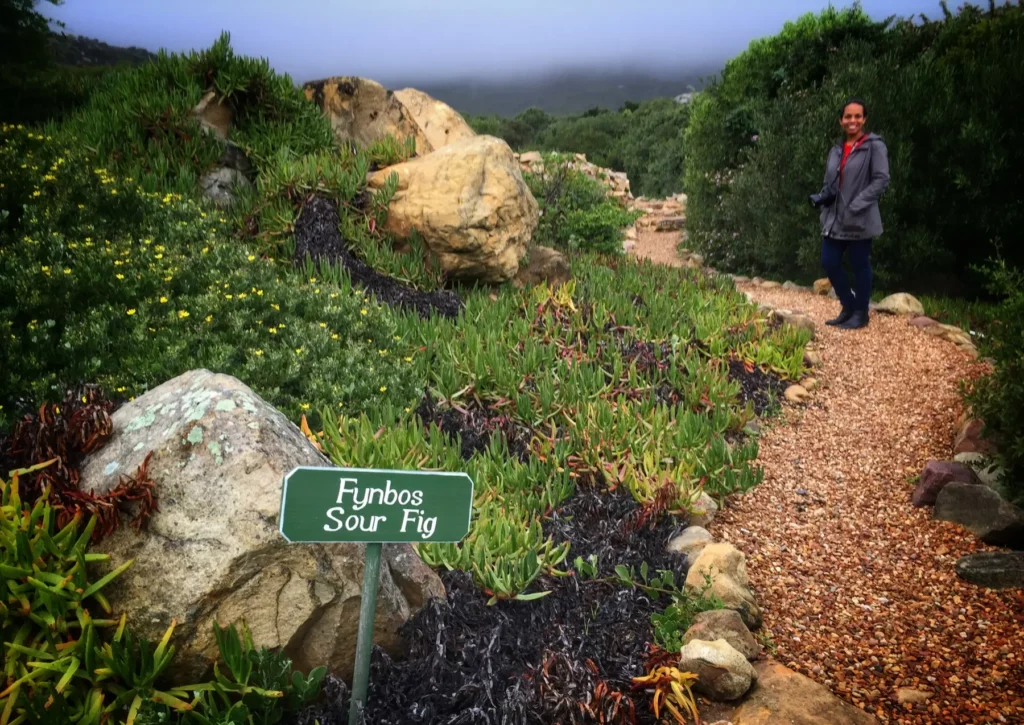
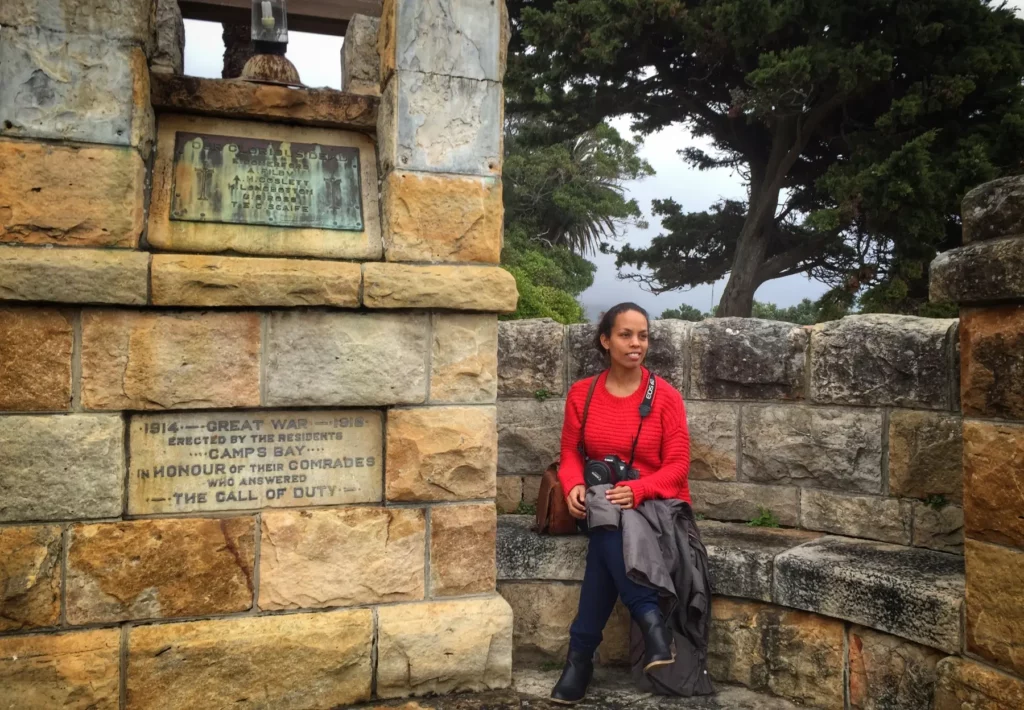
Then there is the wide stretching beach of Camps Bay, stretching out towards Sea Point , the curves of Clifton’s 1 to something or the other beaches peaking out from the rocks. I am forever getting confused whether it starts with Clifton 4th beach or 1st. There’s a big difference in the types of Clifton’s; one being a beach with far too much exercise and flexing muscles, one dog friendly, one for the ridiculously good looking and one for families. Get them mixed up and you could land up dodging beach bats in your one piece surrounded by models when all you want is to have a quite dip in the ocean. I digress, what I really love about the ocean in winter is that it is somehow actually a little bit warmer than in summer. If you wait for a passing squall to clear and the winds to change form north to south the normally mind numbingly icy cape waters rise by a few degrees, a clear ocean inviting you in for perfect surfing session or Sup paddle. Glen beach is a big favourite amongst the surfing crowd when the wave turns on, and because it’s winter you wont have to fight the crowds for a spot in the break. Winter also ushers in whale season, you can often spot pods of dolphins playing in the waves off the beach and whales spouting water into the air close to the shoreline.
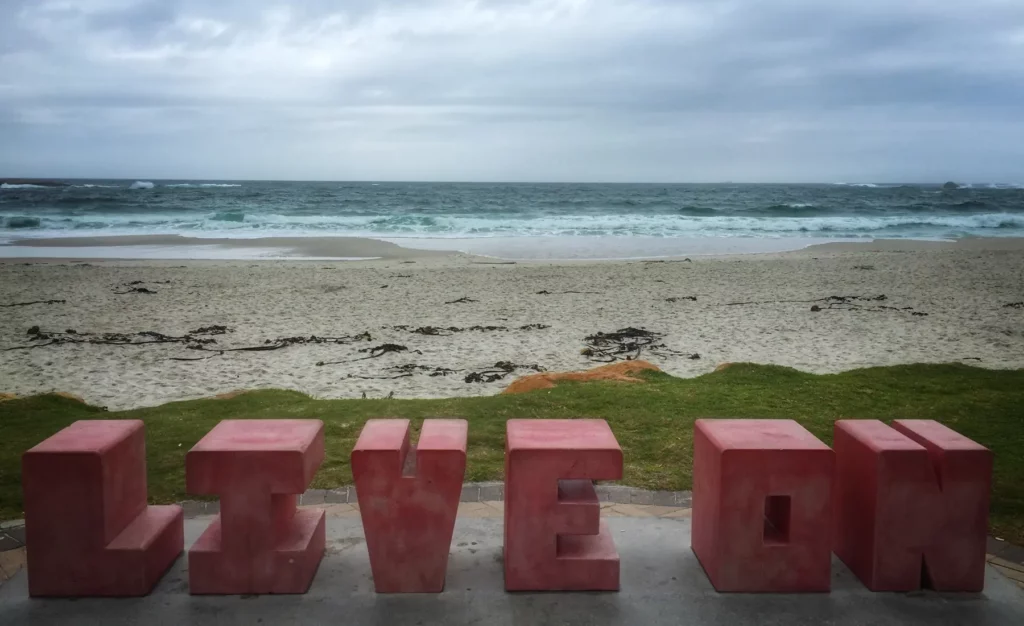

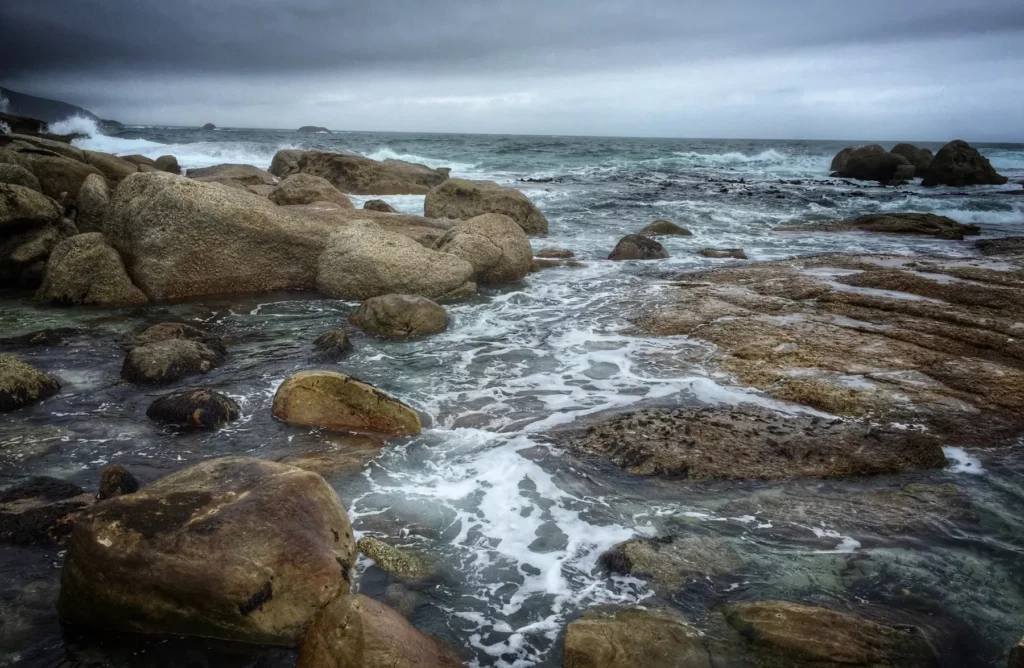
We are only 18km for the city centre and we could be in another world. I think that’s the beauty of the Cape, you always have coves, valleys and hidden corners to explore. I’ve been here a mere 6 years and I still get amazed every time I make a new find. Summer may be for the beach bunnies, bronzed bodies and wine clinking by the masses, but winter is still my favourite season. The city slows down; there is no need to rush off anywhere to beat the queue, traffic or the hunt for a decent parking space. Sure its cold, that’s kind of obvious, but nothing can beat the invigoratingly fresh feeling of a brisk walk on the beach and then a duck into a warm café with the fire radiating heat, peeling away those layers of scarves and beanies and slugging down some fortifying wine. It’s the perfect way to explore the city without the hustle and bustle and stomp in some puddles armed with bright coloured gumboots.
The rain rolls in over the beach in splattering sheets. It’s only been a few hours of exploring this deeply historical and beautiful part of the coastline that forms part of Cape Town. it’s not hard to see why tourists flock here in summer. But do yourself a favour and give winter a shot, it might surprise you.
This blog post was part of #CheapFligthsExplorers but as always, the opinions are all my own, as with all the photos.

Riding Route 62
Route 62 winds its way up the Western Cape passing through the Paarl tunnel and skirting along the edges of the 170km Langeberg mountain range. They call this road a “journey to the unexpected,” an alternative to the well trodden road from Cape Town to port Elizabeth that often attracts many a holiday maker. There is a claim that the longest wine route in the world sits between Tulbagh and Oudtshoorn, and I guess I can see that having some ground because just the short section that I went to explore for two days, closer to Cape Town, is continuously flanked by citrus and wine farms peeping over the valleys and hills.
‘Unexpected’ is exactly the kind of word I would use to describe my little jaunt out into the Langeberg area. We ventured into an excavated underground cellar at Weltevrede Estate, close to Bonnivale, for a wine tasting in the dark, a forgotten part of the farms history that was discovered by accident. Sometime in the late 50’s a series of wine tanks were carved out into the rock walls underneath Weltevrede farm to store up litres of red, sweet wine. Somehow the hidden vats of fermenting goodness fell into the back of the owner’s mind, and over the years the knowledge of these networks of chambers were lost in the history of the farm. It wasn’t until Phillip Jonker, the fourth generation to take over, and his team were cleaning one of the areas where they house barrels of wine that somehow a gap in the floor was discovered and the hidden tanks revealed. They potentially have a field of hidden wine cellars under the ground, and excavation is ongoing. But in the meantime you can sit inside and enjoy wine parings without the usual distraction of the typical vistas you would find on most wine farms in the Cape. As beautiful as it is to look at perfect blue skies and rolling vineyards, it’s always welcome for something a little different, and I can’t think of anything more unusual that cave wine drinking.
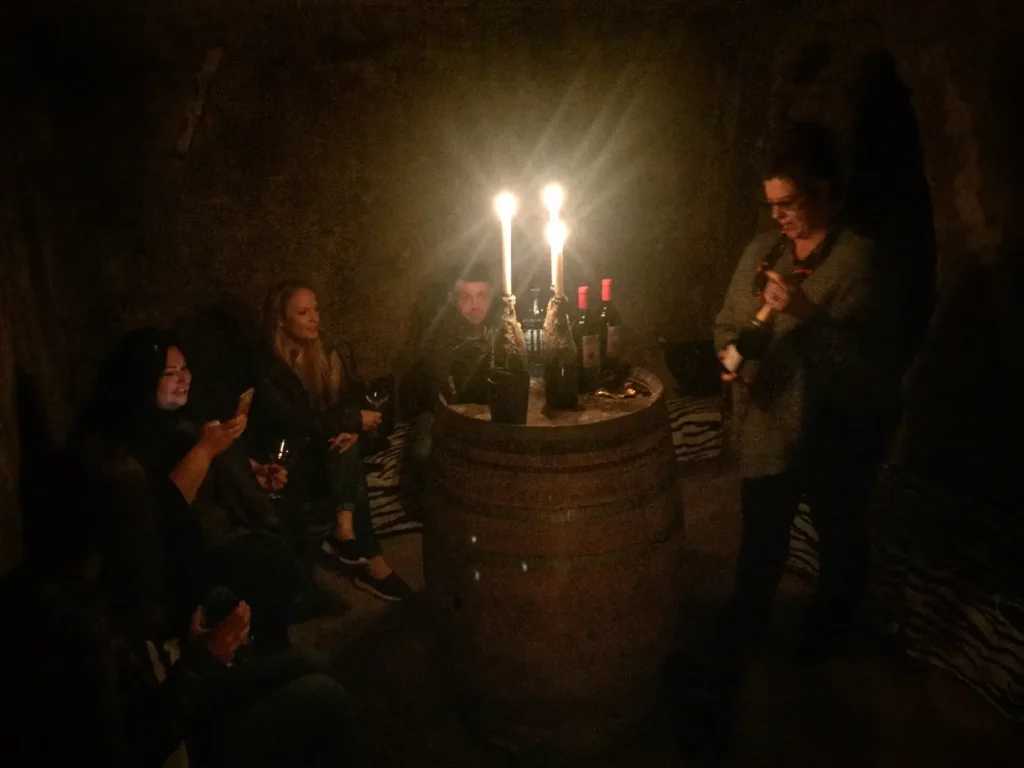
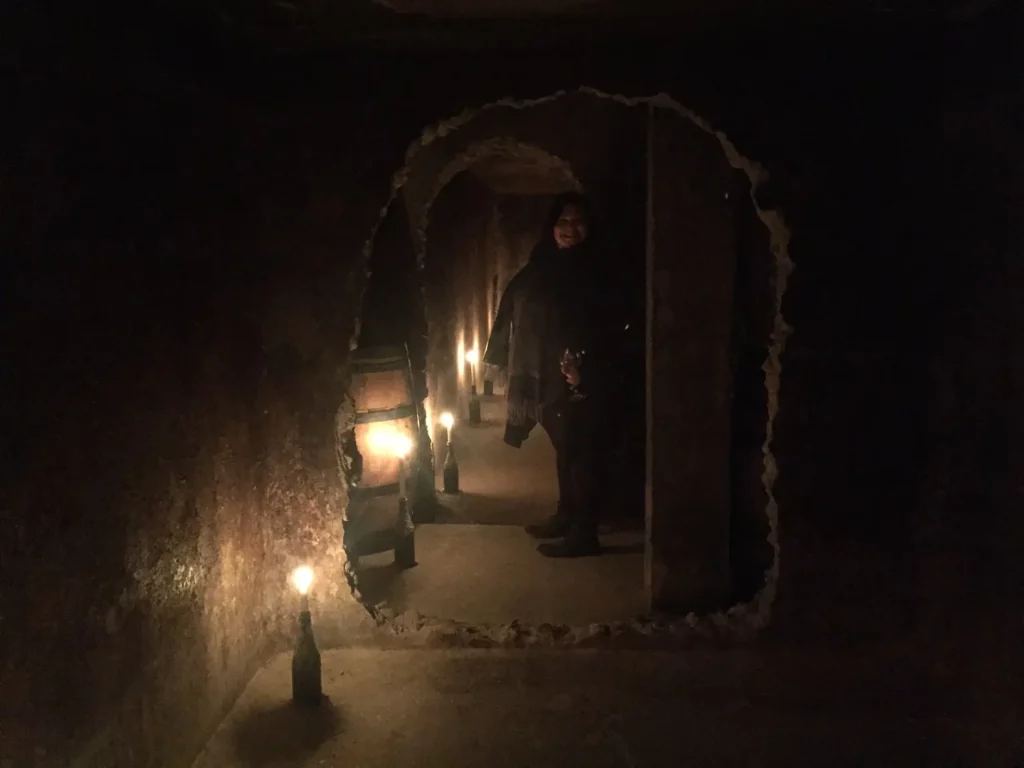
This entire area has a fascinating history. From the road to nowhere in McGregor to Robertson’s status as South Africa’s first irrigation district, there is a deep connection with agriculture, fruit and transport that connects each of the little outpost villages and towns. I discovered that beneath each farm, hidden in the citrus trees and nooks and crannies of the barrels of wine and berry farms, there is a lot more to Route 62 than just a pleasant drive.
Adventuring Ahead
At Wildebraam berry estate liquors are hand made and pressed into row upon row of bottled preserves and slim bottles of delightful hard tack with flavours like Peppermint, lemon, rooibos and chocolate chilli. Wildebraam forms the central focus of the Swellenberry Weekend Festival, where you can race though the farms, dance the skoffelsbessies dans, pick and get pickled or berry brunch under the shade of a farm tree. And if that all gets a bit to sweet for your taste, around the corner is Excelsior estate, what is now wine, was once home to one of the most successful ostrich breeders in the Robertson district. Back in the early 20th century ostrich plumes were all the rage with those looking to prance and pronk in high society haute couture. Jacobus Stephanus de Wet, who inherited the farm from his father saw this market potential and launched a massively profitable business sending ostrich plumes over to England. He created a small empire and displayed his new found affluence by building houses and farms in a Cape revival style known as ‘feather palaces’ , a Victorian structures embellished with Cape Dutch gables and filled to the brim with ornate European furniture. It all ended with the invention of the motor car and space inside these new modes of transport not conducive to large, feather brimmed hats, so the farm resorted back to cultivating wines.
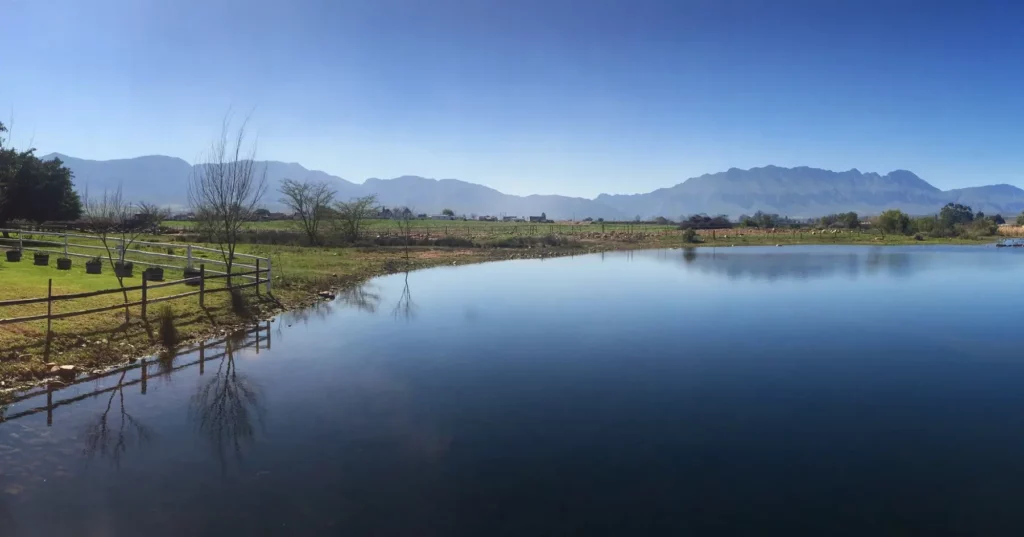
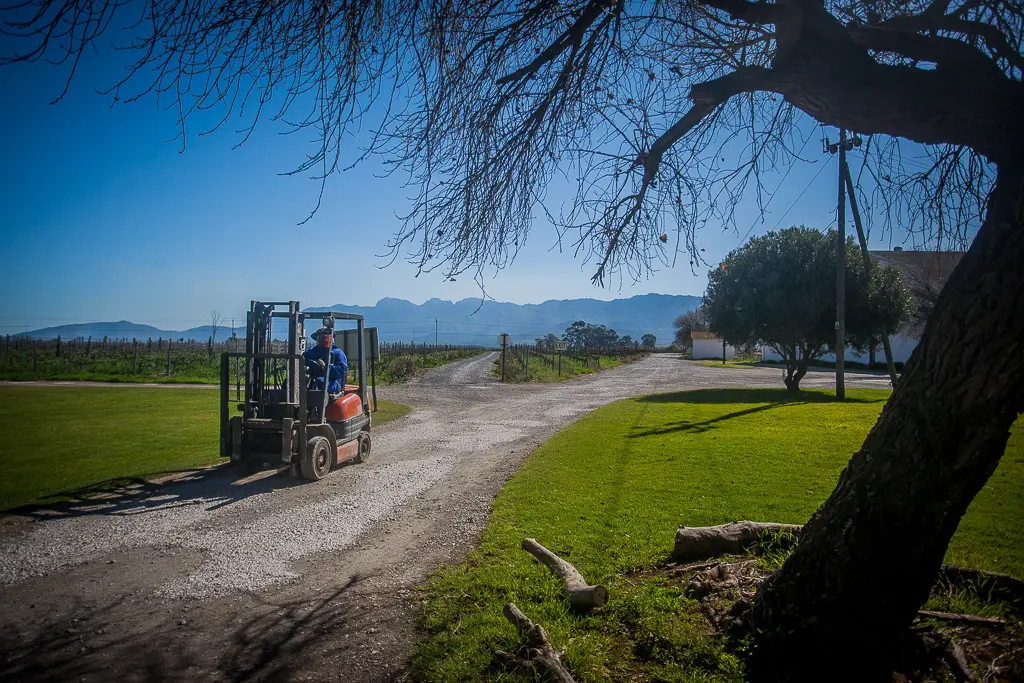
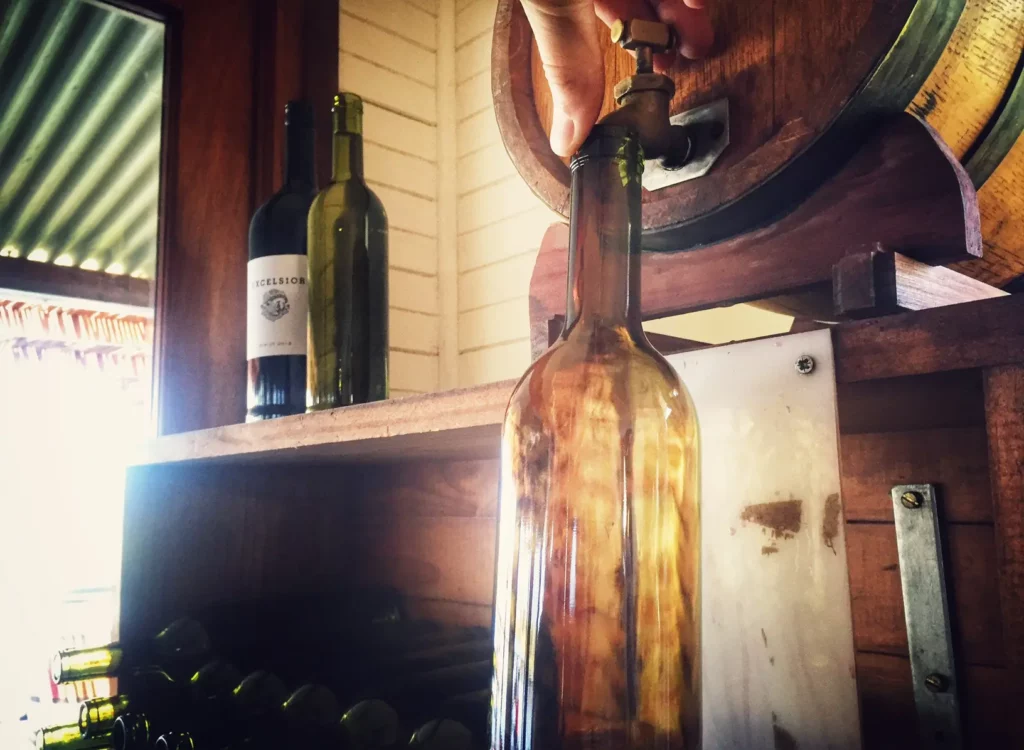
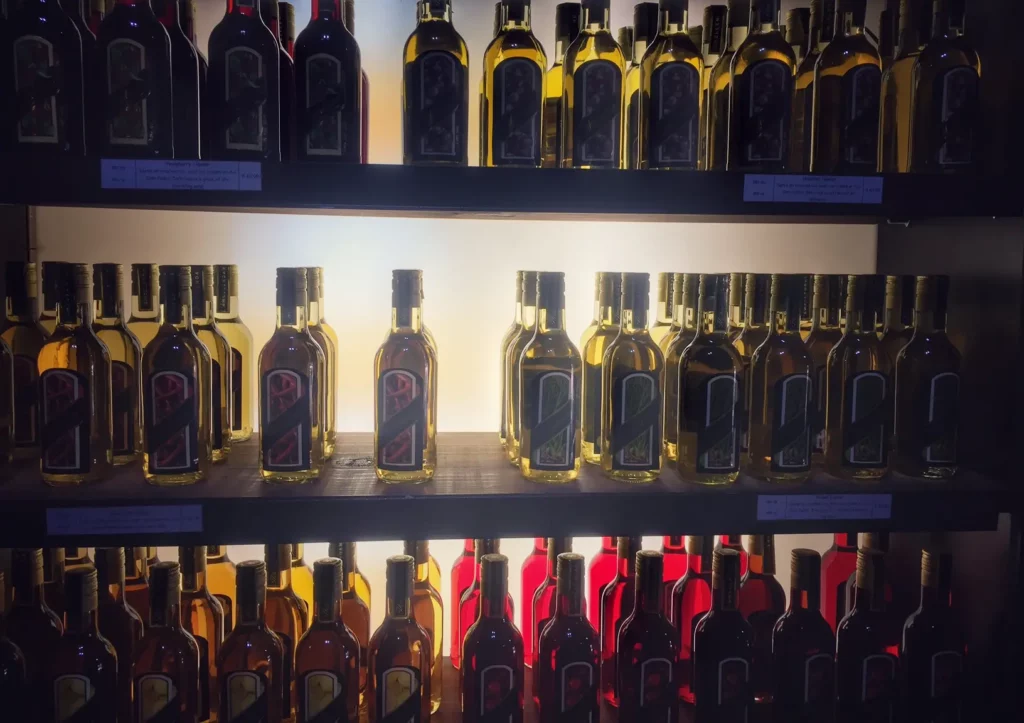
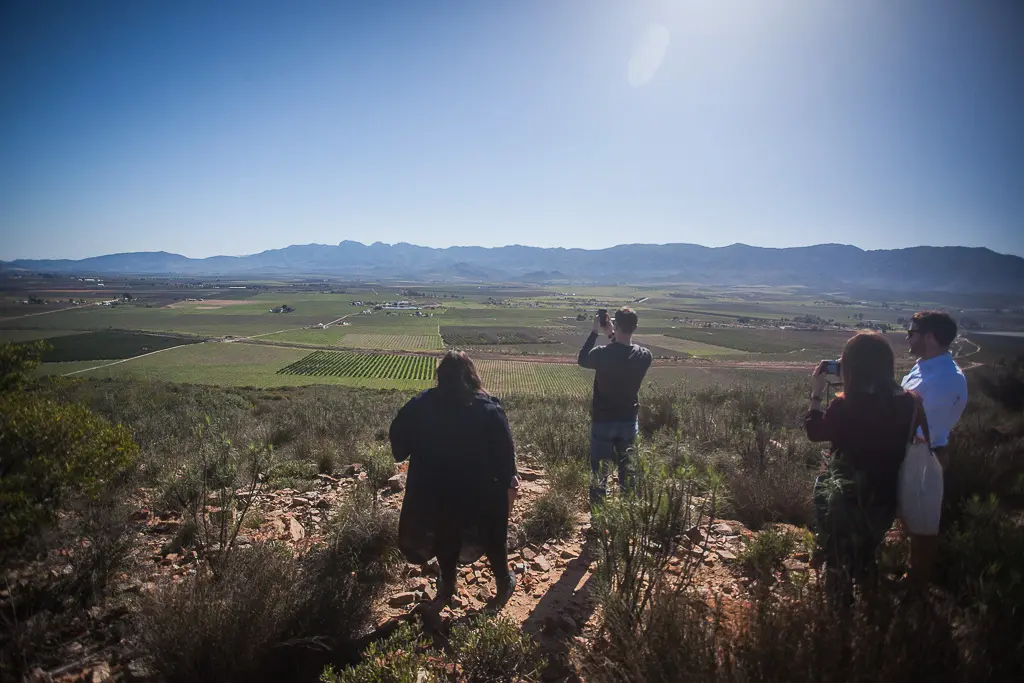
Found along the bend in a road heading towards Swellendam in the southern tip of the Robertson wine valley is Jan Harmsgat. Established in 1723 a little bit of digging and I find out that in the farms history is peppered with tales of eccentric owners one who, after being riled up in a legislature meeting, took an axe to the vineyards surrounding the main farm house and planted a host of orange trees in their place. Another owner, a famous hunter, had his hunting career cut short when he was attacked and mauled by a lioness and soon after lived out his days under the watchful eyes of his 190 grandchildren. The farm is now home to orchards of fruit, nut and olive trees as well as a restaurant serving up some incredible dishes and wine to match. In the evenings, sitting around the bonfire amidst the orchard trees I can still imagine I hear the sounds of a roaming lioness…… it’s this area, it does something to your imagination. Jonty, our driver on a game drive we took up to the top of beautiful hill with sweeping sunset views over the Langberg mountains told us all about the shrubs and flora of the area. A particularity fun one being the Karoo num-num. “If you are out in the bush,” Jonty says with a laugh, “and you see a lion, you jump straight into this plant.” He crooks his head to the side and crushes a piece of the num-num branches in his hands, their thick thorns peering menacingly between the lush green leaves. “Personally, I’d rather face down the lion” he says.
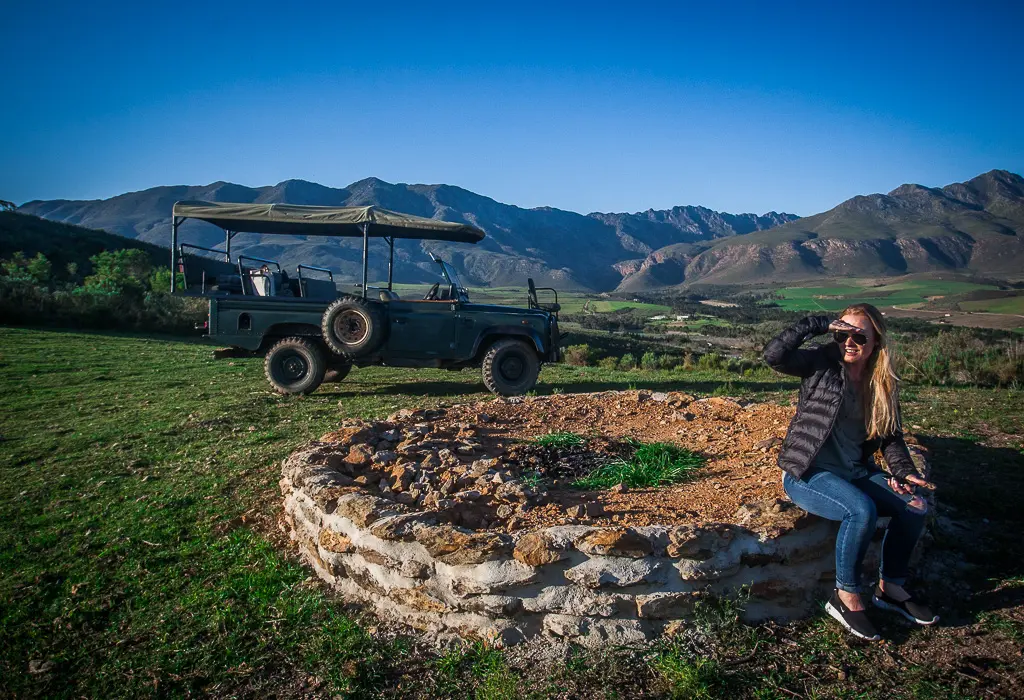
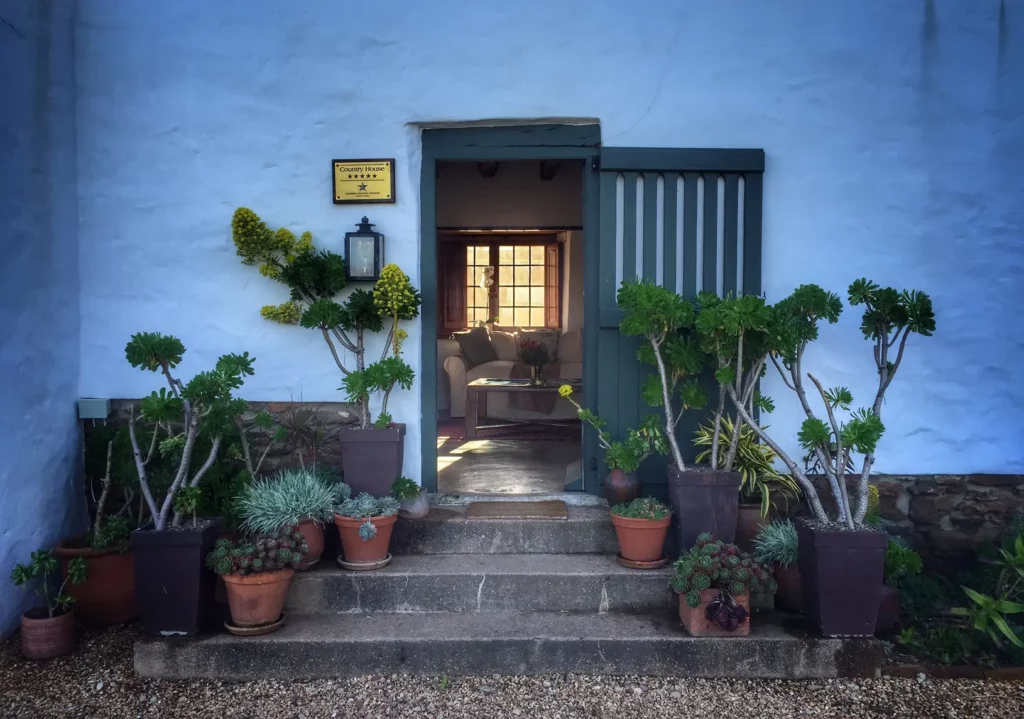
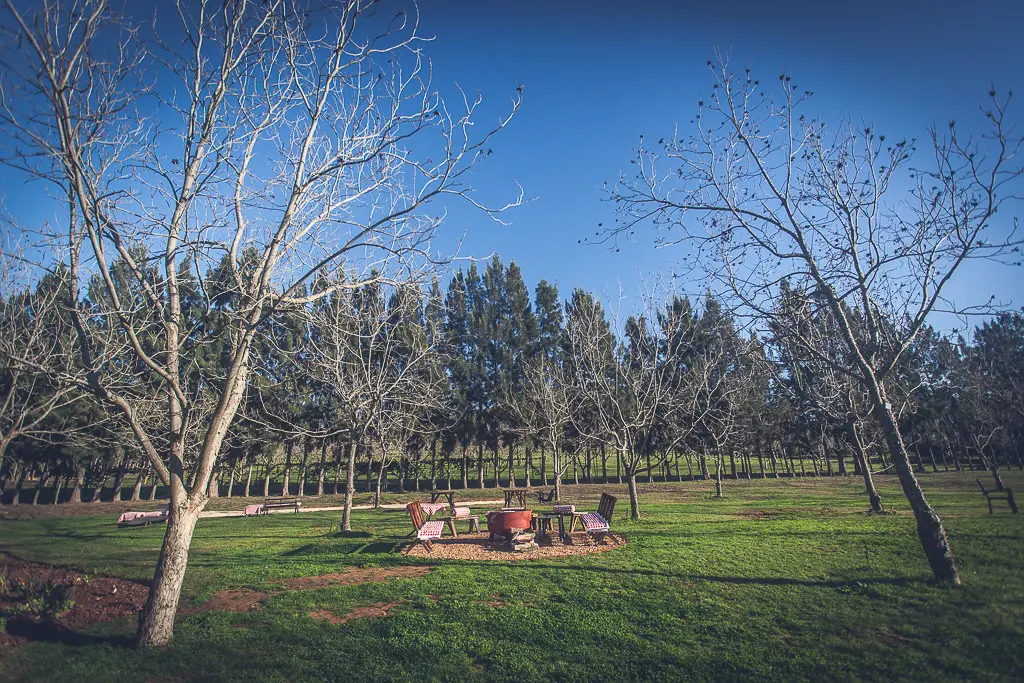
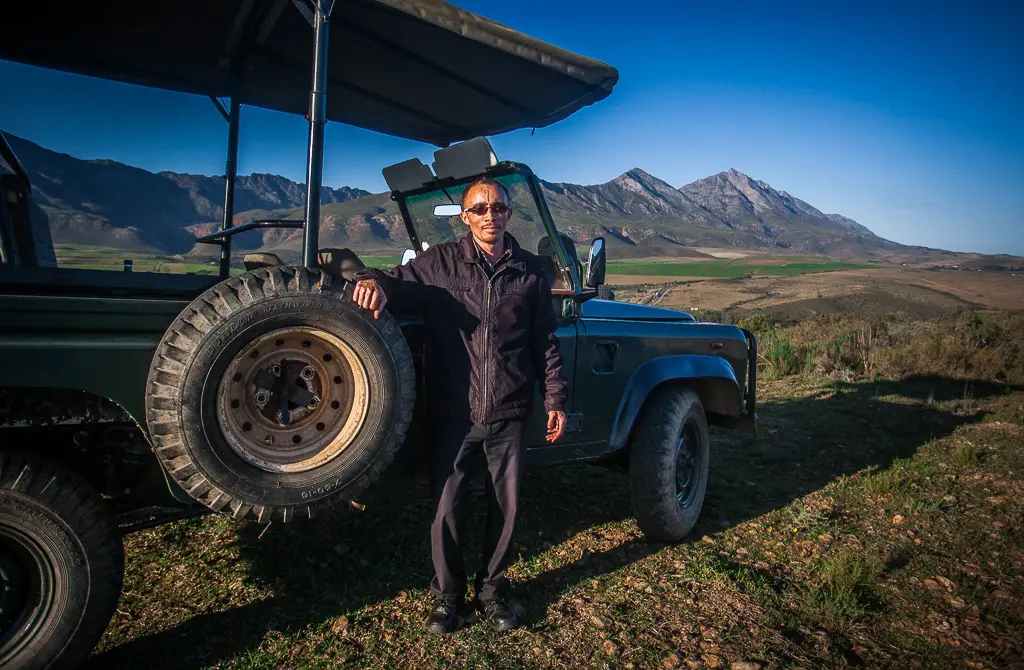
Mysterious Montague
The real gem was spending a night in Montague. I have heard of this town before, mostly because of it’s connection to the famous Health spas and mystical ley lines that traverse across the main roads. That, and they have the only road sign in South Africa that has a cat on it. Apparently the story goes that the popular town cat, whom everyone loved and adored, was accidentally run over while crossing the road. A sign was erected in the very spot the poor feline met his/her demise and he/she was buried underneath. It’s a one of a kind in the country, and that is befitting of this one of a kind quirky little town. It is as if Montague forgot that it’s 2016, preferring to inhabit everything that would make The Great Gatsby smile with delight. Between the quant local pub, the fantastically named Burgundy Gherkin you spot the smooth lines, lavish decoration, geometric shapes and sometimes garish colour mixes that celebrate all things Art Deco, and none more so than the Montague Country hotel and the nearby Hot Springs. I almost half expected F. Scott Fitzgerald to pop out from behind the Hot Springs weirdly wonderful 1920’s styled construction or bump into him propped up against the Country Hotel bar. It’s a trip back in time, and a trip well worth it. The springs themselves have their own myths and legends. Taken from Montague Tourism website the main tale goes like this; “according to our archives, the wagon on one such nameless pioneer venturing into the valley became stuck in the rocks of the river bed. In his efforts to free the wheels, the trekker’s hand was so badly injured that his party was obliged to pitch camp in the vicinity of the present-day Montagu. They drank of the clear, odd flavored water, found it wonderfully refreshing and traced its course through the Kloof where they discovered the hot spring. The injured hand, bathed frequently in the warm water, healed miraculously. News of the healing water was soon spread by word of mouth and as a result the sick and ailing visited the hot spring, sometimes from as far afield as 50 miles, which was a considerable distance to travel in those days.”
The pass through Cogmans Kloof that leads into Montague may be under some heavy construction, but it has not got in the way of the views of the area. We take a vintage1956 Cadillac Sedan De Ville up towards a lookout point with the perfect winters evening sunset for company. A few of us are sleepy and yawing as we descend back to the sanctuary of Montague Country Hotel, but apparently this is taken as a very good sign. According to some, Montague is an area where strong magnetic lines of energy traverse through the streets and hillsides. At least all that magnetic energy does not seem to affect everyone that visits, as this is also a premier mountain climbing destination in the area, and I would hate to think of all those climbers between the Langeberg and Riviersonderend mountain ranges battling both their physical and mental fatigue.
Where the beauty of this area really shines through is in the fascinating people that call it home. I may have only been fortunate to explore for two days, but the warmth and hospitality of everyone made a big impression , one that will see me gathering up my bags and ensuring that I make this section of Route 62 a part of my weekend away plans.
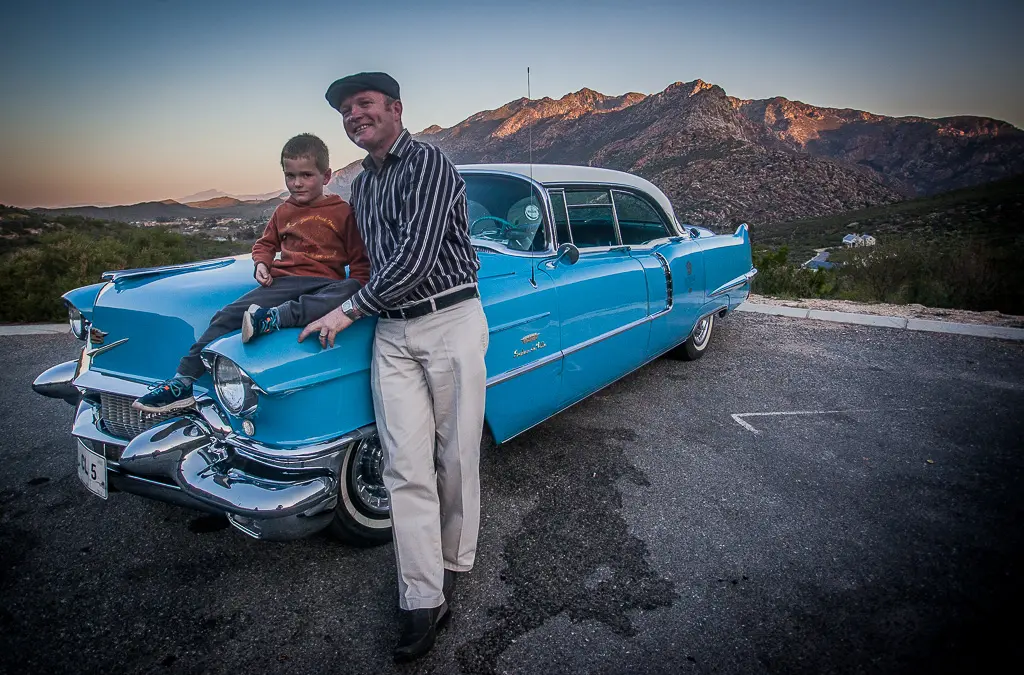
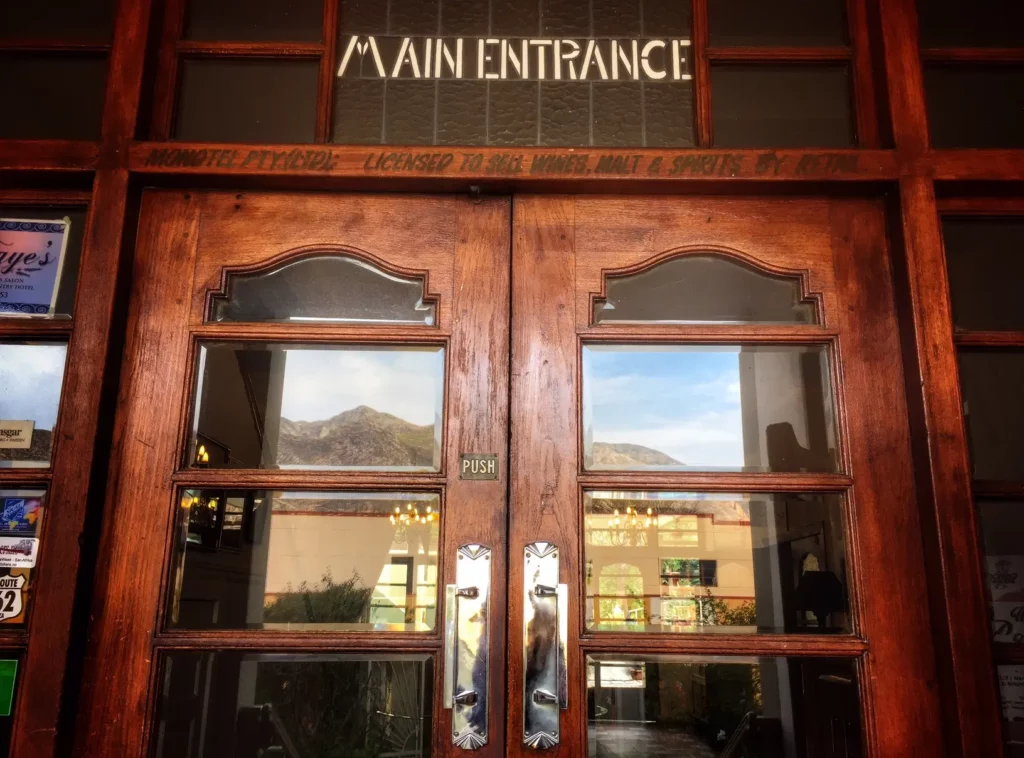
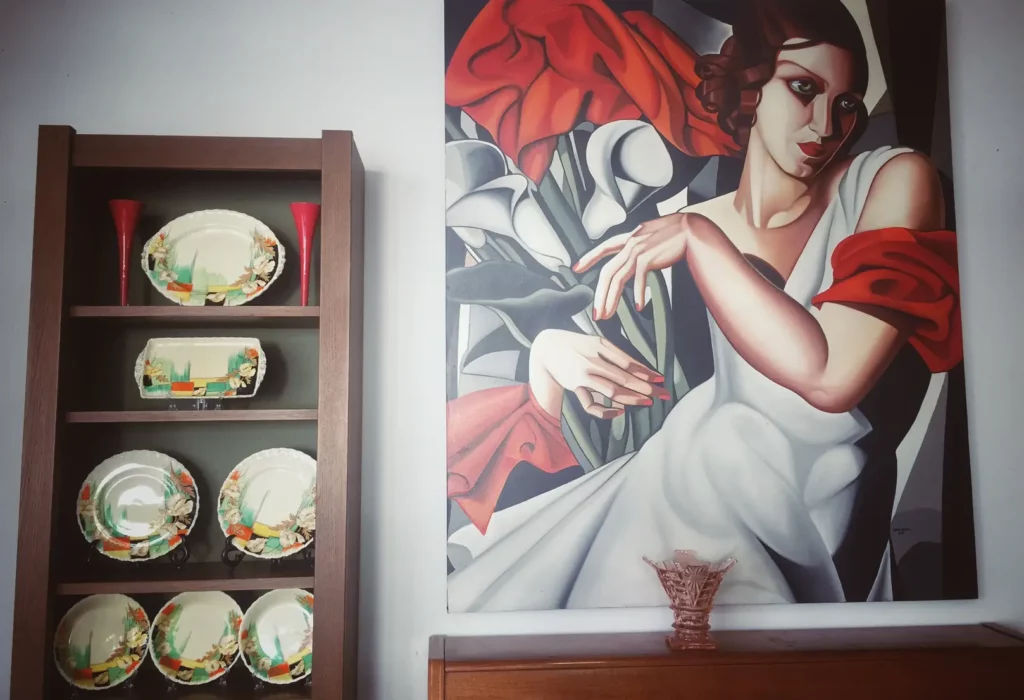
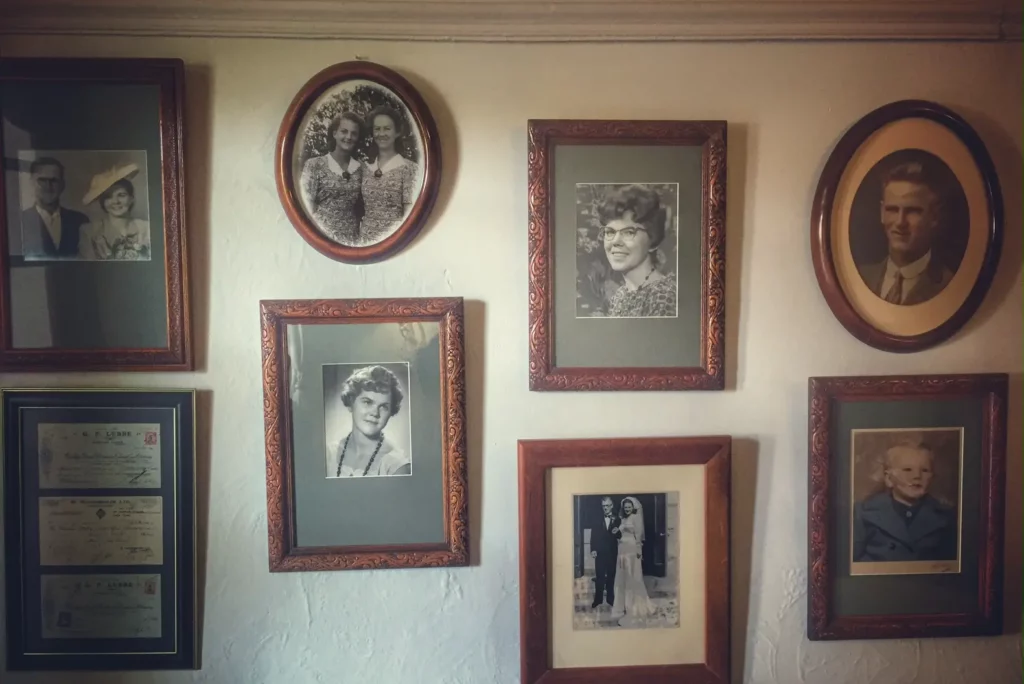
Media Educational was put together by the talented Hot Oven Marketing , opinions are all my own.
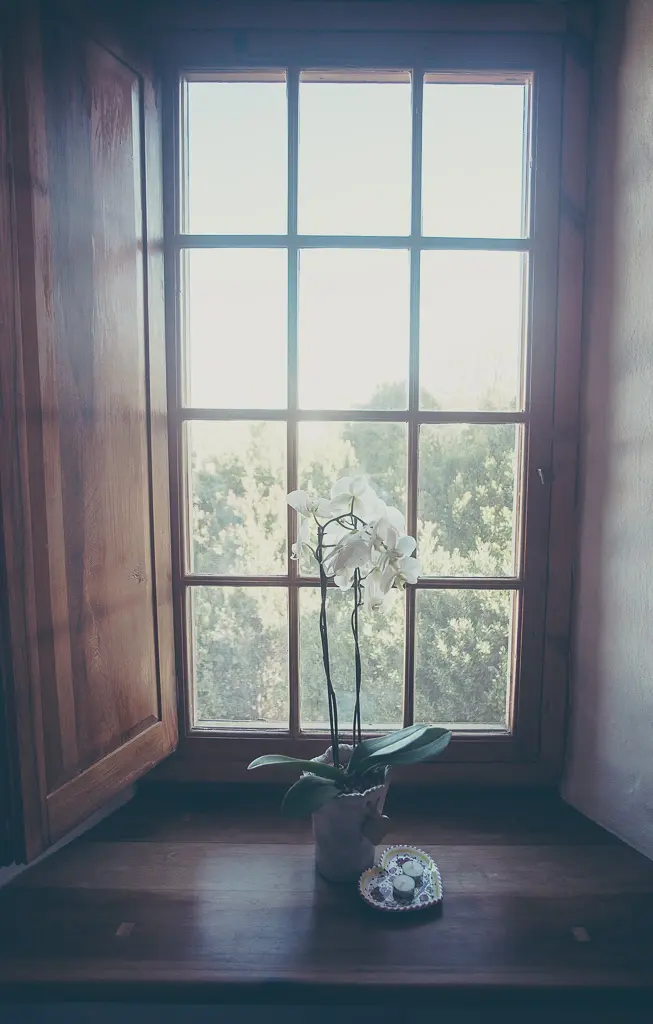
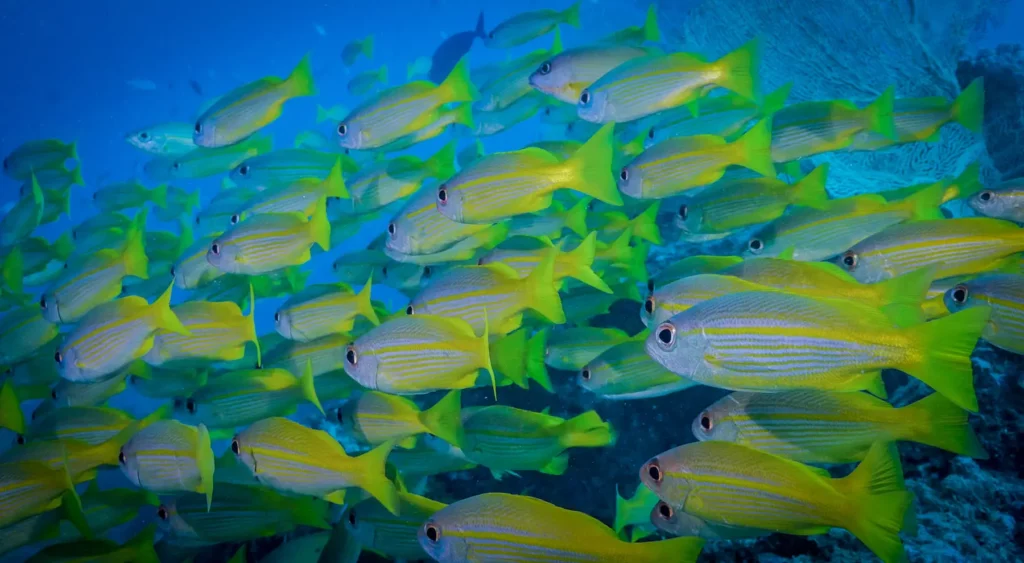
African Marine MegaTransect
Expedition postponed due to funding challenges
“To use scientific exploration and open access data to fast track the understanding of the social, economic and biological needs for the conservation and sustainable use of key marine resources associated with the coral reef ecosystem of East Africa.”
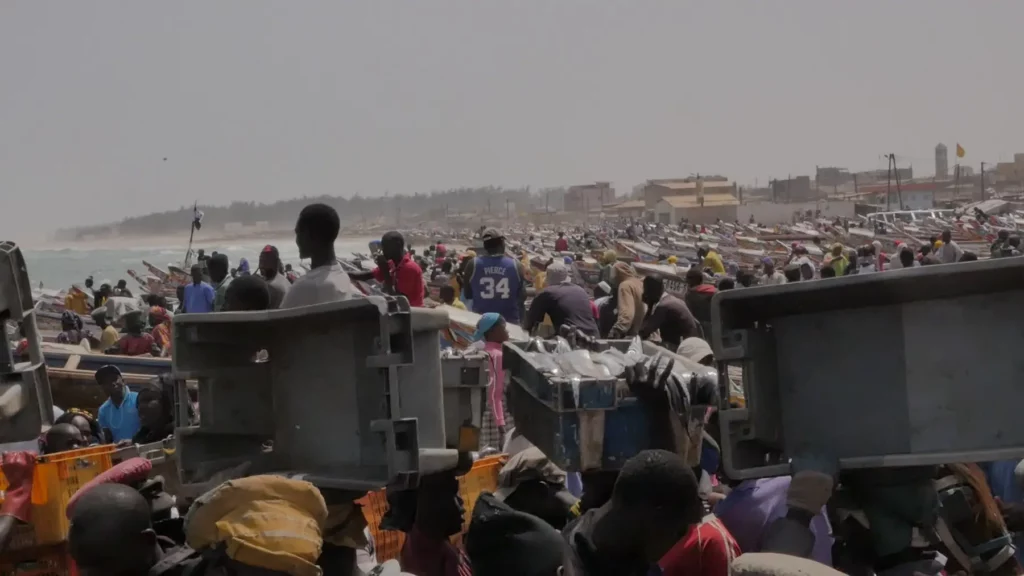
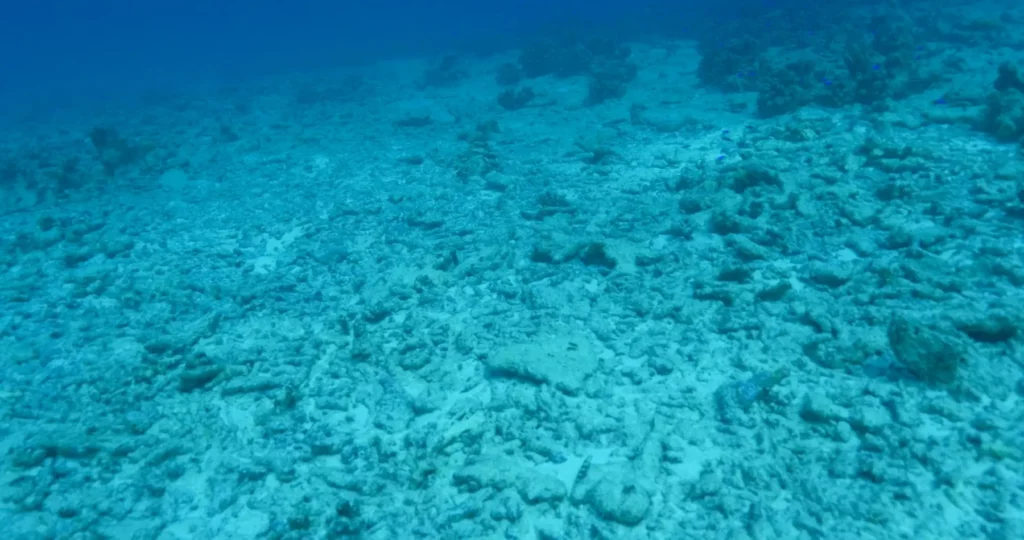
Why the coral reefs of East Africa?
According to the United Nations Environmental Program, coral reefs are essential global life support systems. Along the east Coast of Africa lies one of the worlds most important coral reefs ecosystems. It represents the food lifeline to millions of people, yet we know very little and have focused hardly any attention to these reefs in comparison to the Great Barrier Reef in Australia, or the coral reef triangle in the Pacific. The coral reef in East Africa, like many the word over is dying, but just how fast, and to what extent is largely unknown.
We do know the combination of key drives effecting coral reef survival

How will the African Marine MegaTransect work?
In oder to be effective, the African Marine MegaTransect Expedition is designed to create a database that is comparative to the database created in 2012/13 by the same team in order to calculate change in time. This is critical because we do not know how much time we have left before the coral reef can’t sustain coastal communities anymore. In fact it is possible that we have already passed that stage.
The key message from this expedition in building scientific capacity and defining actionable management plans is COMPARATIVE DATA AND TRENDS associated that link into climate change models and discussions and takes into consideration social data. This is our goal, we will be more empowered with this data, it should have been done years ago, with all the aid money the various nations have received for marine resource management.

The African Marine MegaTransect has been broken down into 5-phases, which will be implemented from November 2017 – December 2018. These phases include:
- Pre-Expedition phase June 2018 – November 2018: This will include planning, logistics, permit applications, team development, technology training, data platform development and media campaigns.
- Sea going survey phase November 2018 – March 2019: Core data driven survey using various technologies to measure coral reef health and coral reef fish biomass, abundance, diversity and abundance (the key measurements needed for management and conservation).
- Land mission phase November 2018 – March 2019: To gather social data and also to sample commonly eaten fish in local fishing markets to determine fish toxicity due to plastic assimilation.
- Post-Expedition phase April 2019 – December 2019: Data analysis, open accessing the data and discoveries, writing policy recommendations, publishing scientific documentation, media campaigns, develop an MPA management/recovery strategy.
- Equipment purchase phase: Phase 5 is really about purchasing the right equipment, doing the necessary training and software checks. It is a continuous process.
What is the science telling us about the East African coral reefs?
A recent study indicates that coral reef ecosystem functionality decreases when the fishable biomass is less than 600 kg per hectare (kg/ha). The findings from the Moving Sushi East African Marine Transect in 2012 was concerning, in that all three countries, Tanzania, Mozambique and Kenya scored less that 600 kg/ha from the locations surveyed.

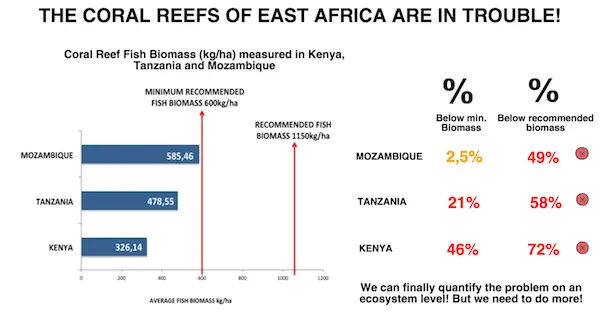
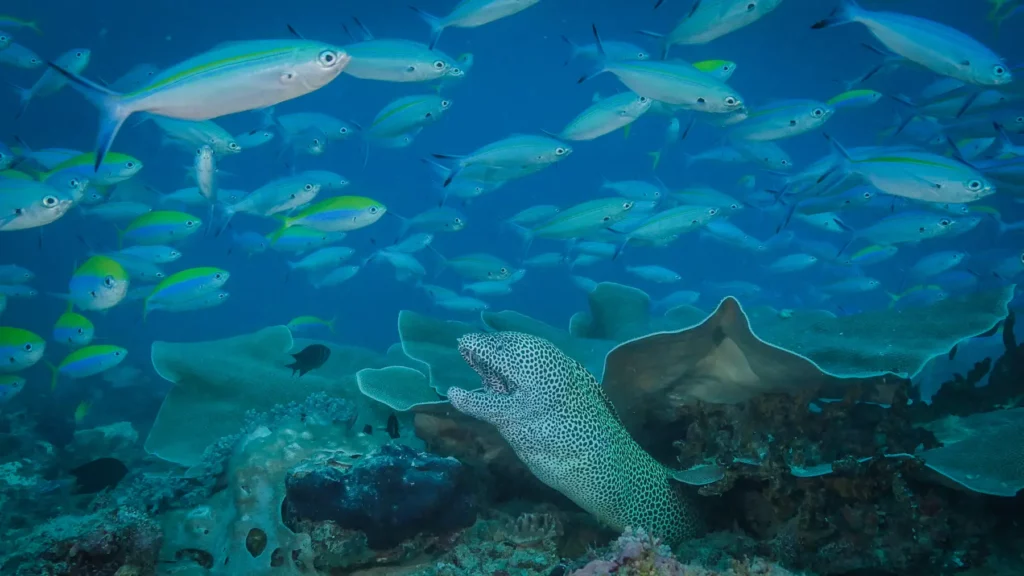
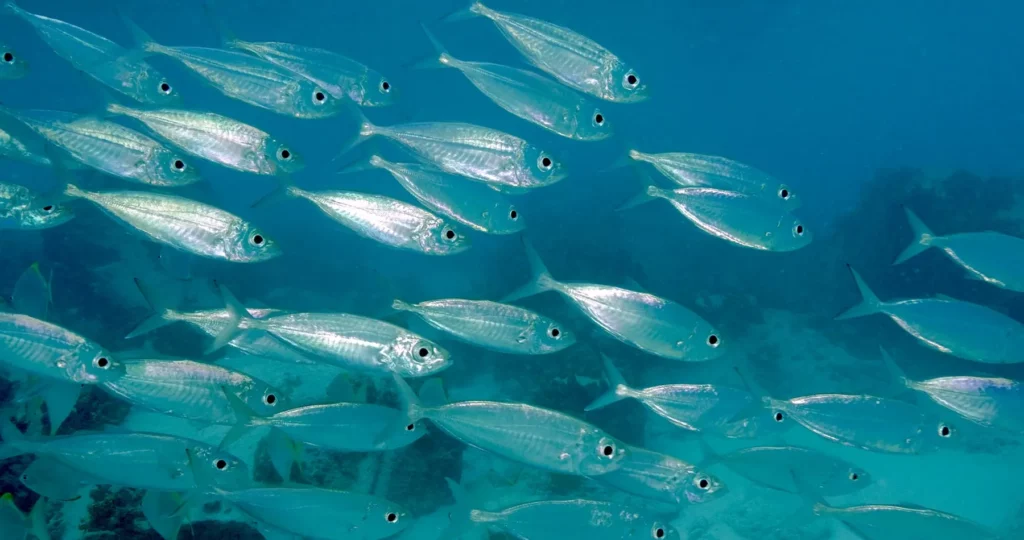
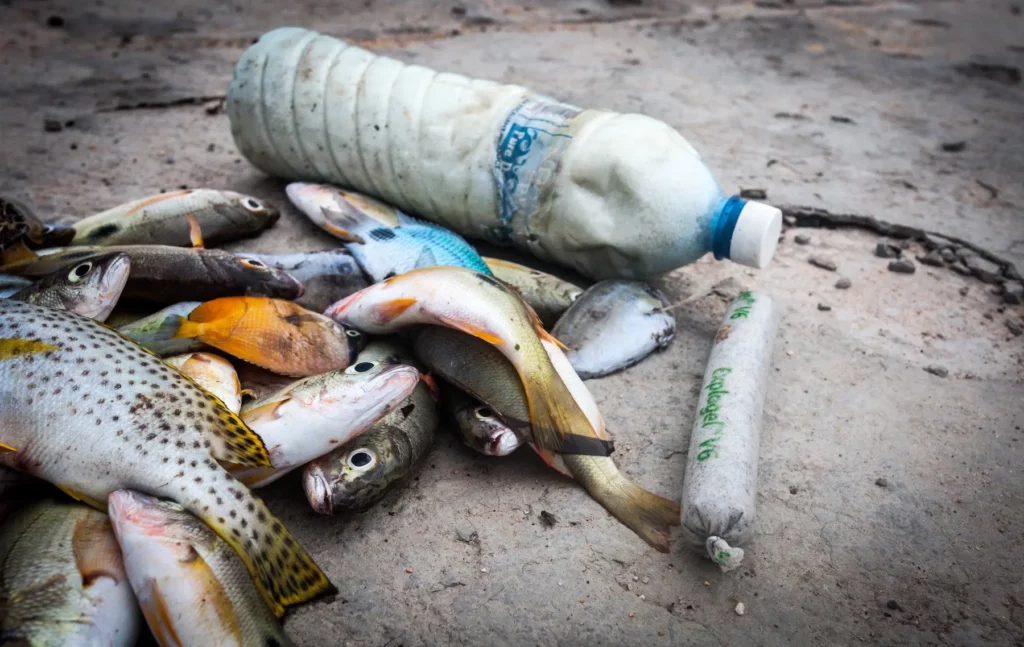
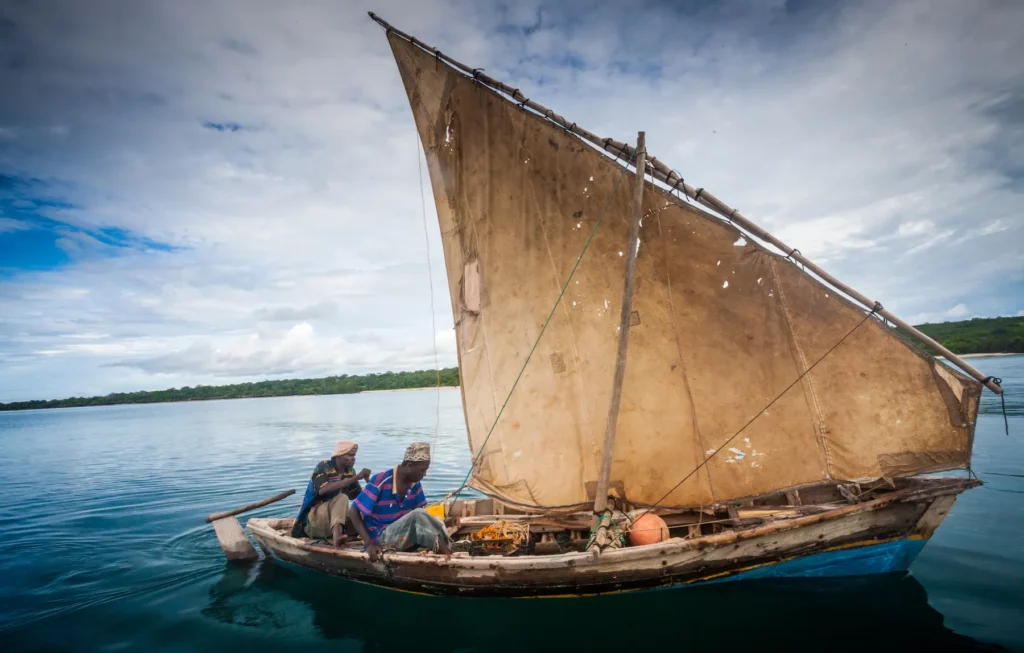
What is the science telling us about coral reefs globally?


What is the international community doing?
There are many conservation NGO’s/organizations and governments all battling for funding all doing varying degrees of meaningful conservation interventions. The African Marine MegaTransect Expedition aims to incorporate all those working in the conservation field by open accessing data, methods, procedures etc. in order to build our cumulative capacity in driving policy forward and challenging poor governance. The outcomes of the expedition must through all end users have impact in ocean discussions and reef management plans. It is our way of saying lets work together and share our knowledge, as described in the SDGs. It is imperative if the coral reefs of East Africa and globally have any chance of recovery.

According to the UN Sustainable Development Goals (SDGs) the following targets are to be met:
- (14.1) By 2025, prevent and significantly reduce marine pollution of all kinds.
- (14.2) By 2020, sustainable manage and protect marine and coastal ecosystems.
- (14.4) By 2020, minimize impacts of ocean acidification at all levels through scientific cooperation.
- (14.5) By 2020, Conserve at least 10% of coastal and marine areas, based on best available scientific information.
- (14.B) Increase scientific knowledge, develop research capacity in order to improve ocean health.
- (14.C) Enhance the conservation and sustainable use of the oceans and their resources.
Key points to consider are:
SCIENTIFIC KNOWLEDGE, RESEARCH CAPACITY AND DEVELOPMENT & BEST AVAILABLE SCIENTIFIC INFORMATION.
What is the science telling us about coral reefs globally?


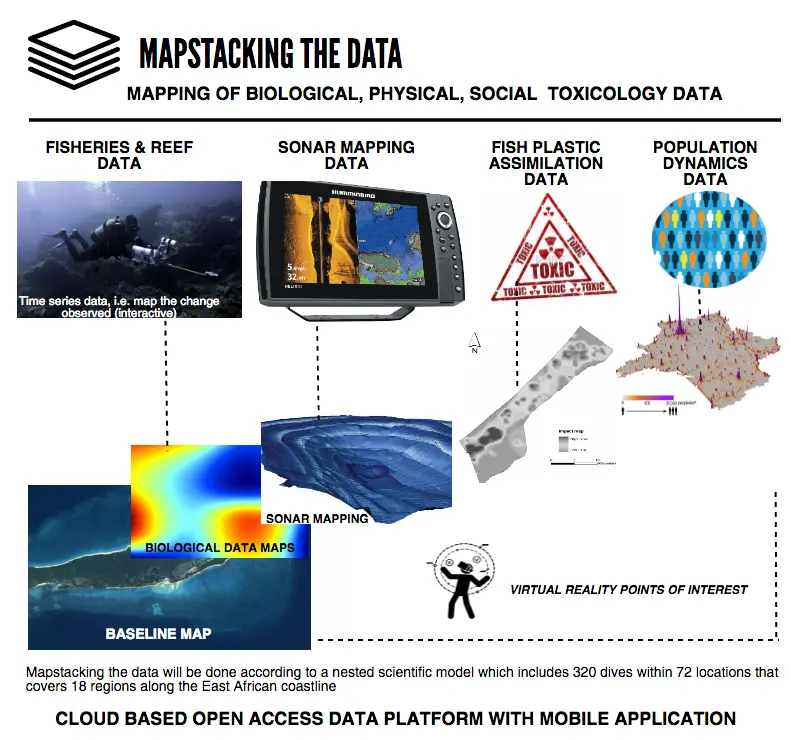
Data and how the expedition plans on being unique?
The African Marine MegaTransect will use MAPSTACKING technology developed for open accessing environmental data in a format that can grow and be manipulated indefinitely. Within the MAPSTACK the team will incorporate underwater Virtual Reality allowing anyone an “immersion experience” of key areas of the East African coral reef. This data visualization and presentation will be instrumental in providing visual evidence to African leaders who have not dived, who do not understand the biological context of destroyed reefs, and in this way the data can enhance more engaging management procedures.
Exploration has opened the door to new scientific discoveries. These discoveries of new landscapes and new organisms have captivated the world. By pushing the limits, exploration redefined society as we know it. Exploration is a tool whereby we can create knew knowledge independent of institutions, politics, agendas and egos. We are able to share with the world exploration though new technologies like Virtual Reality thereby building a relationship between the end user and the environment they are encountering. It by harnessing these tools and pushing exploration boundaries for the benefit of society and conservation that we as a team can be more powerful.
See full science plan: Click here
